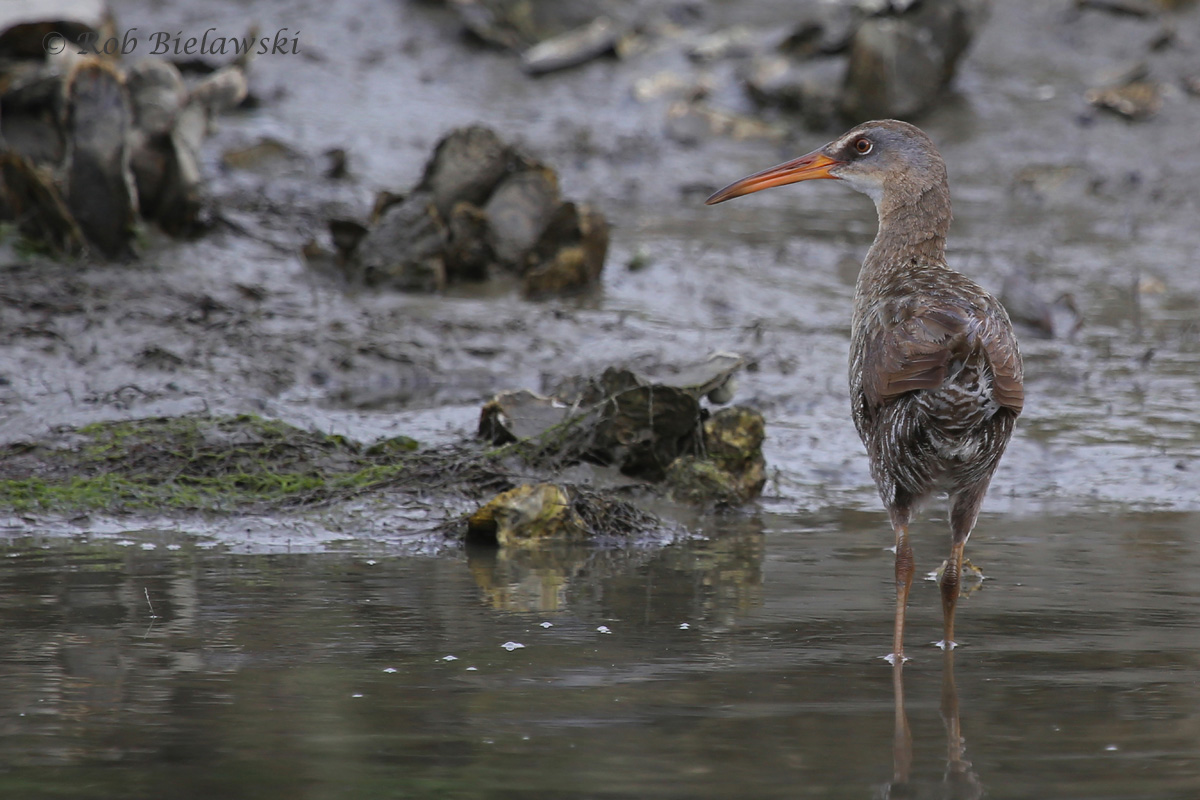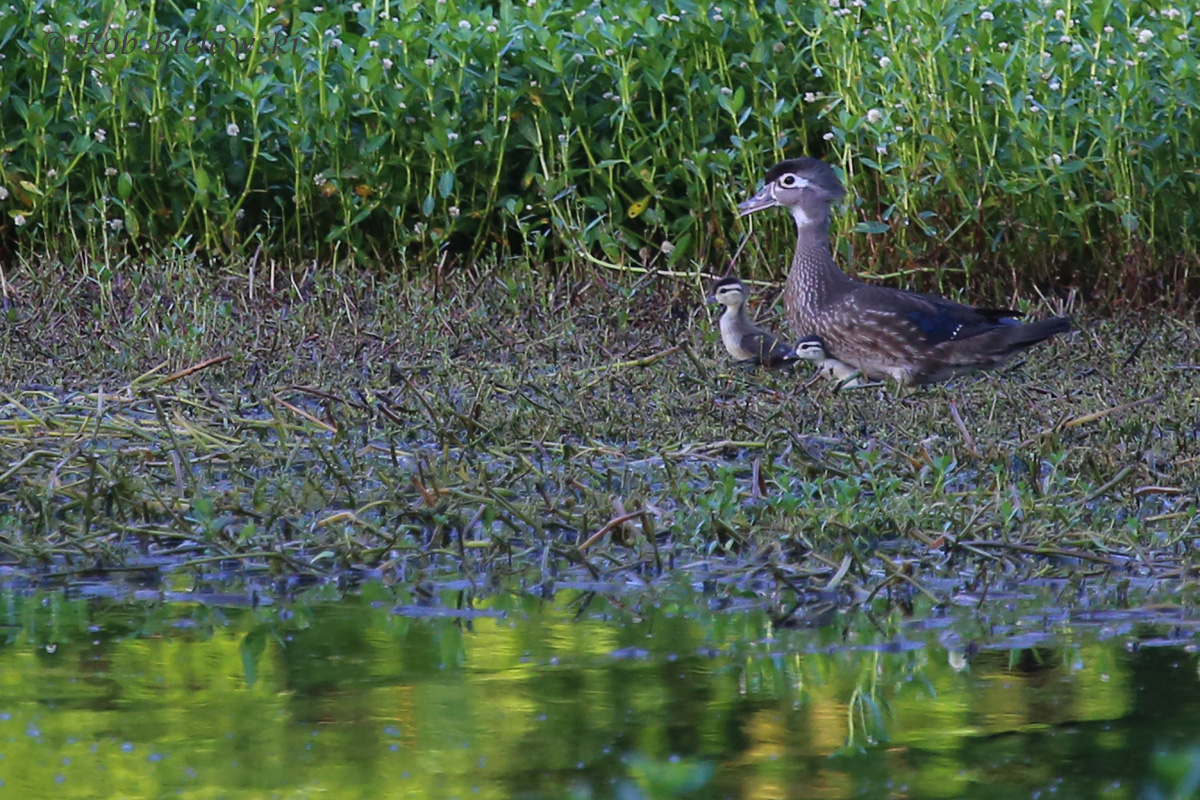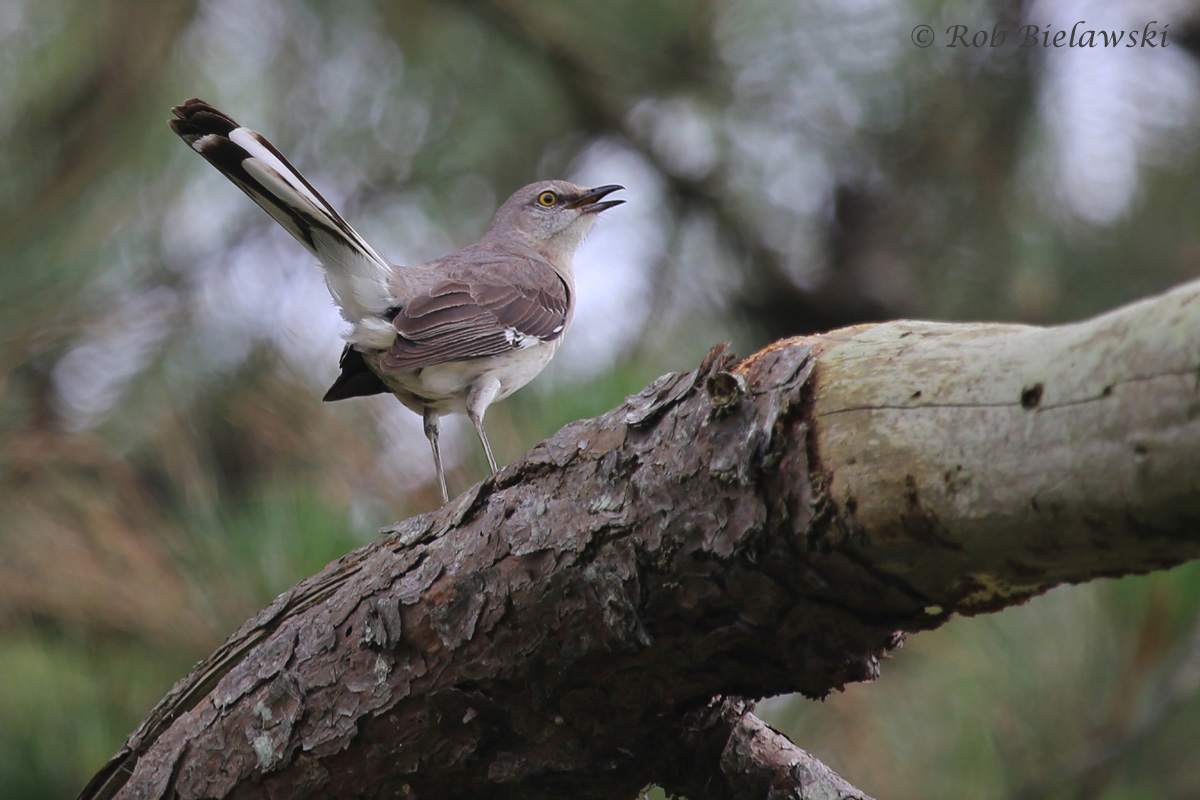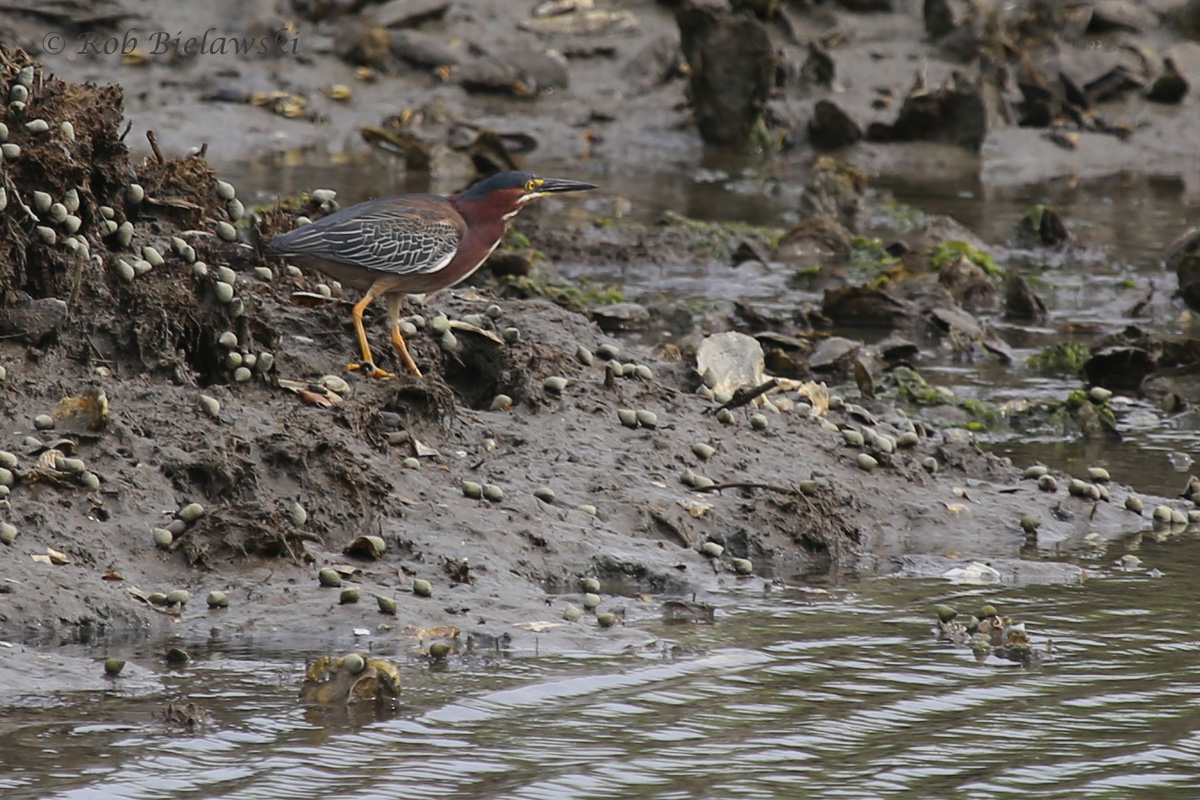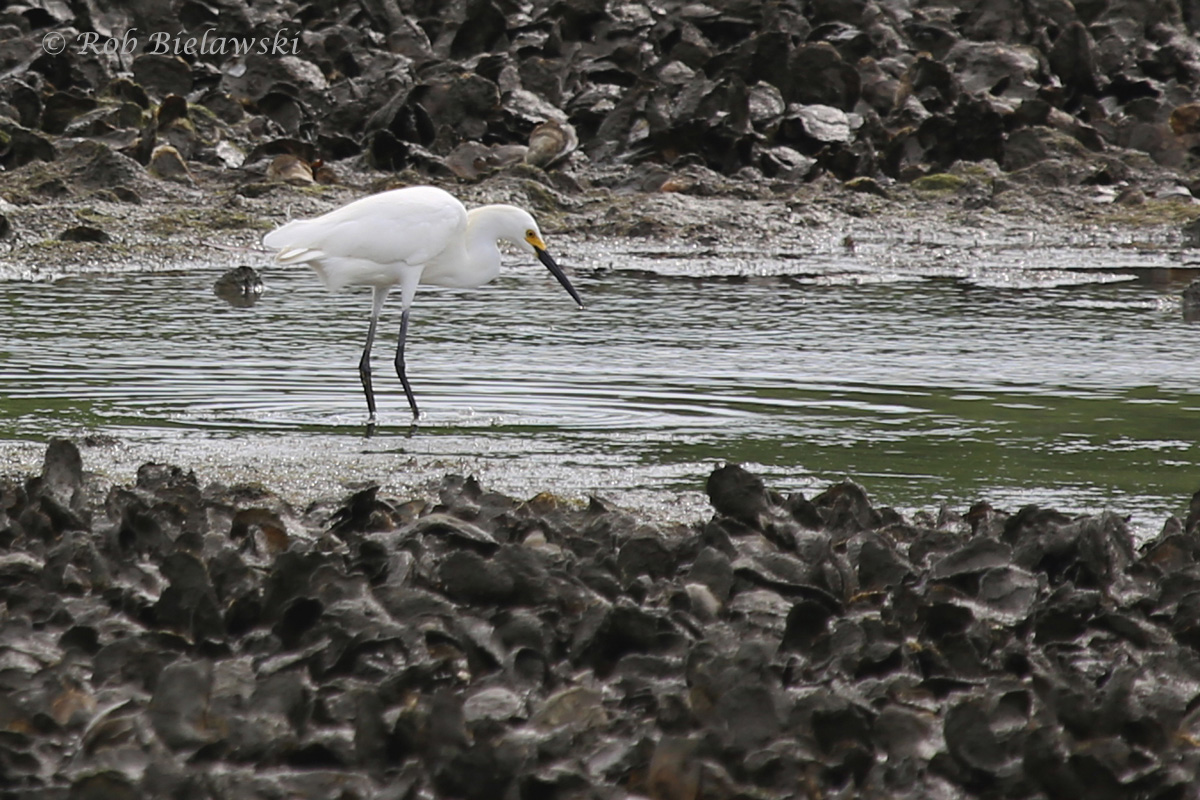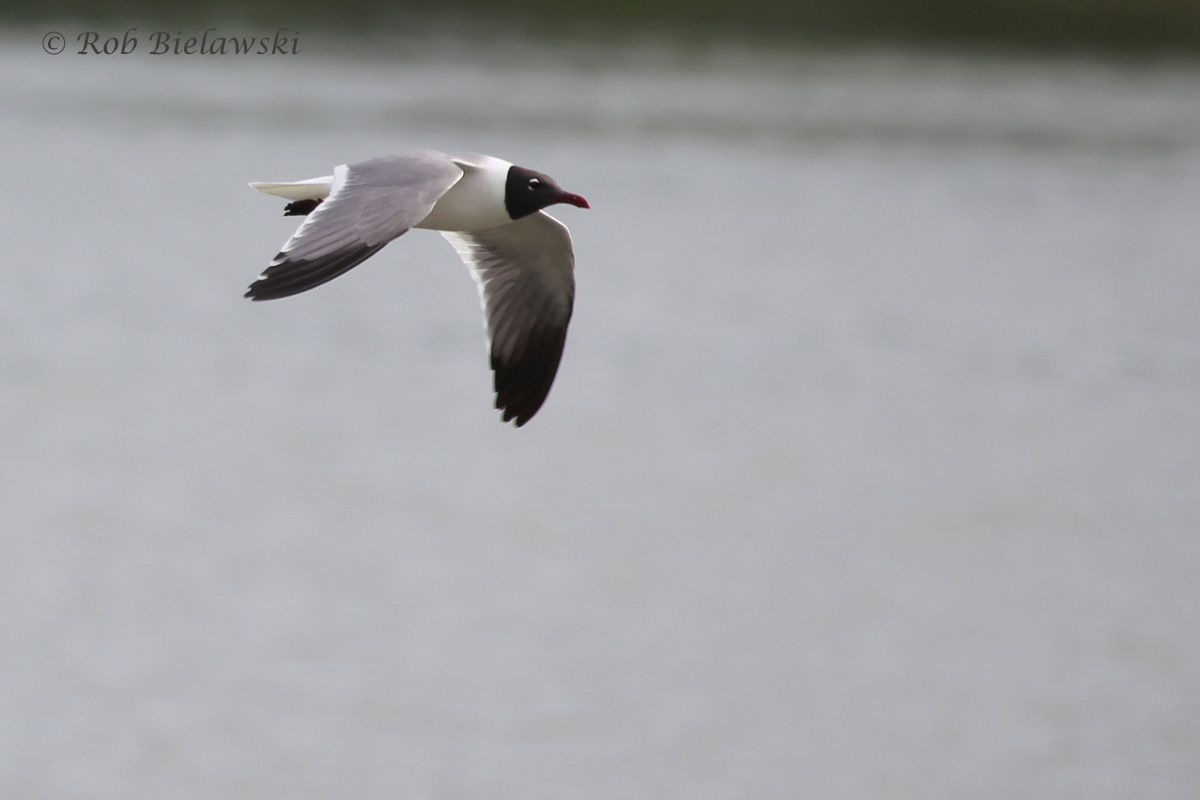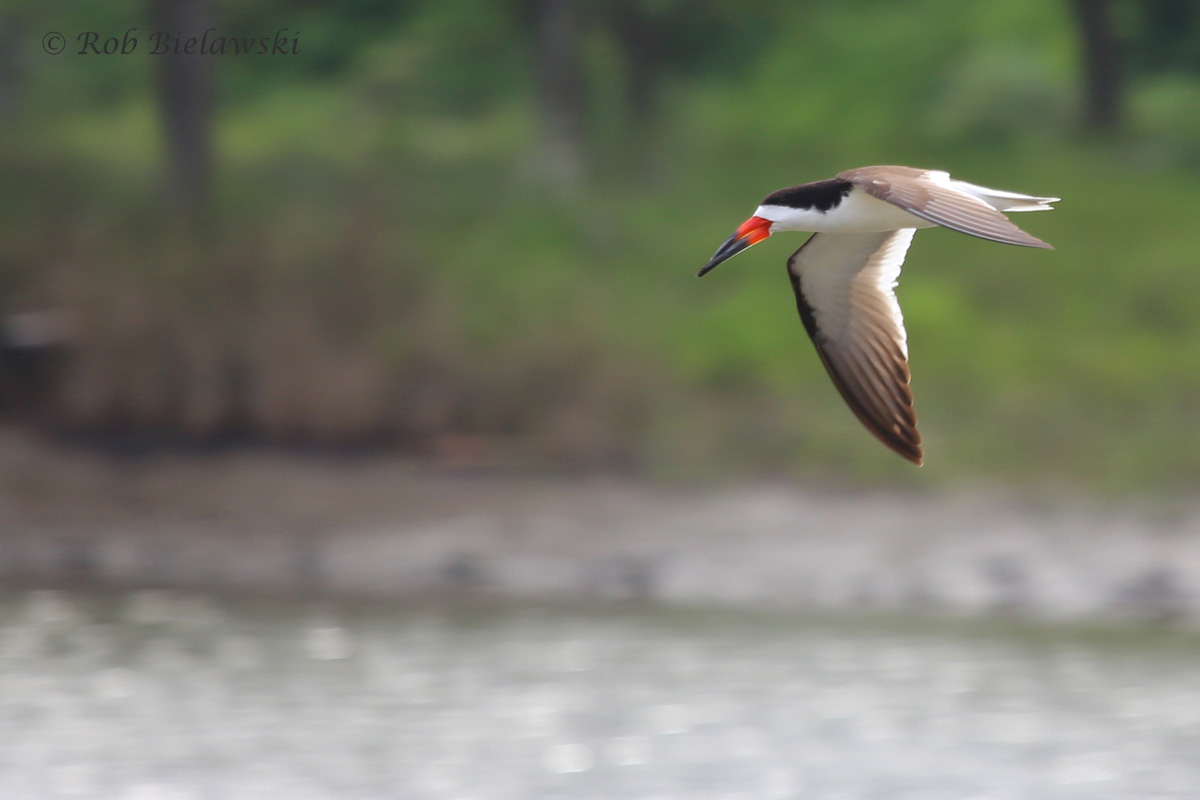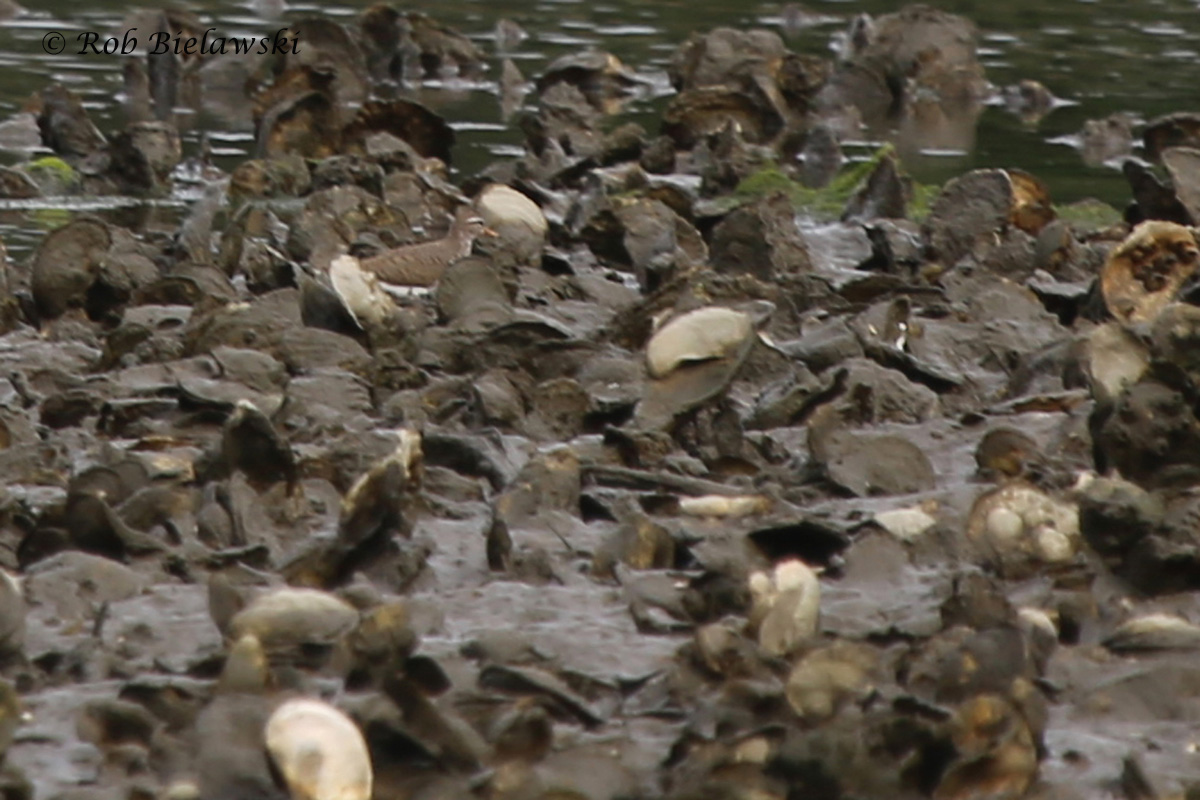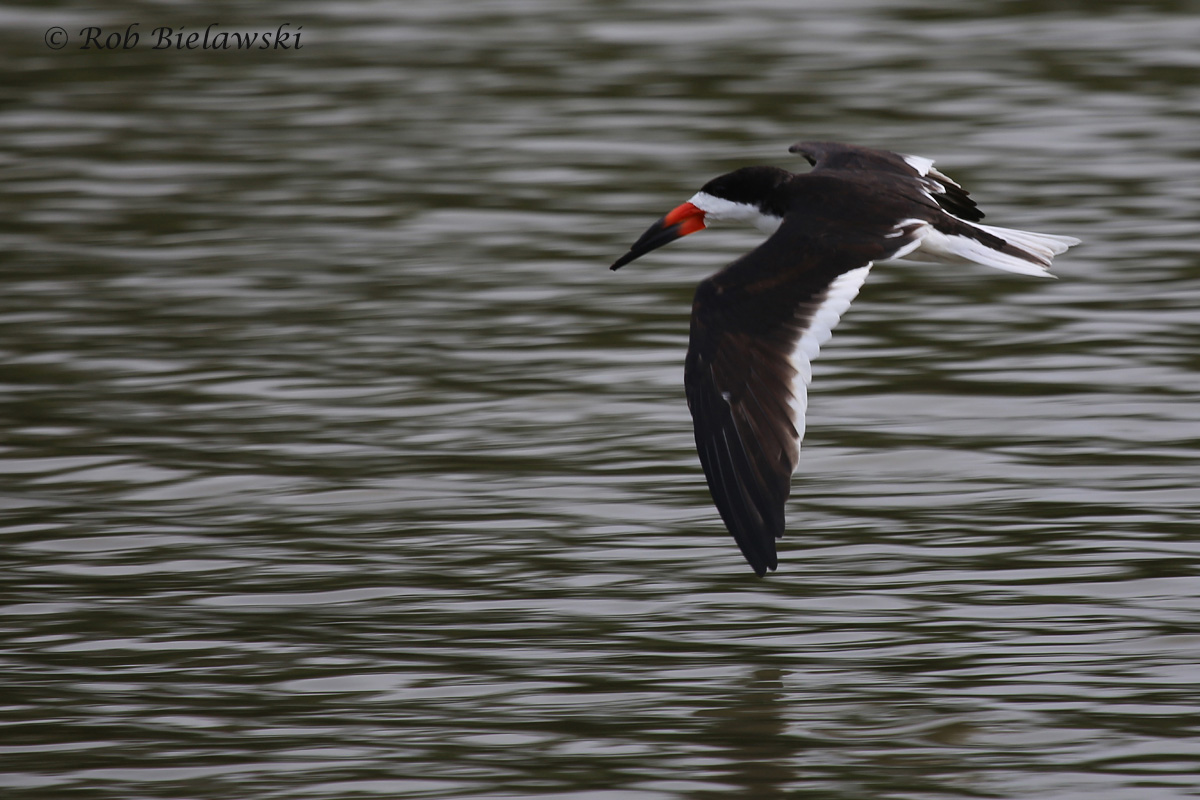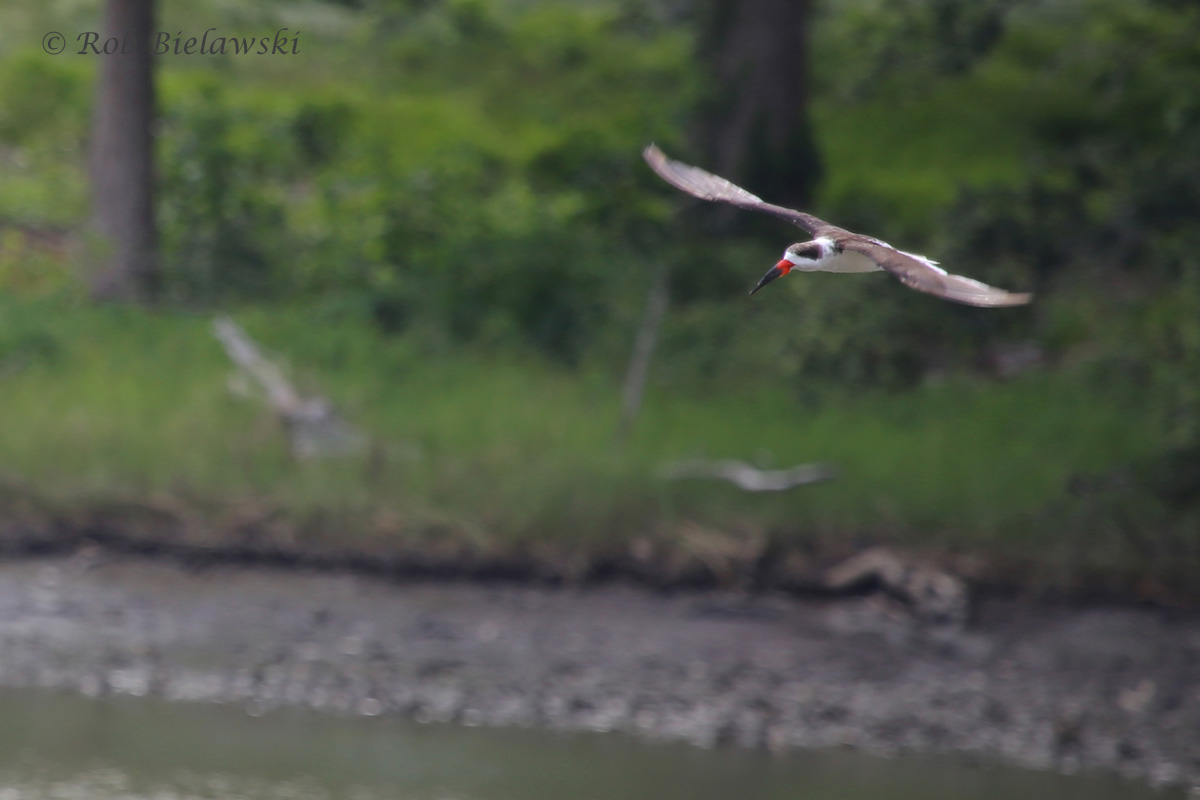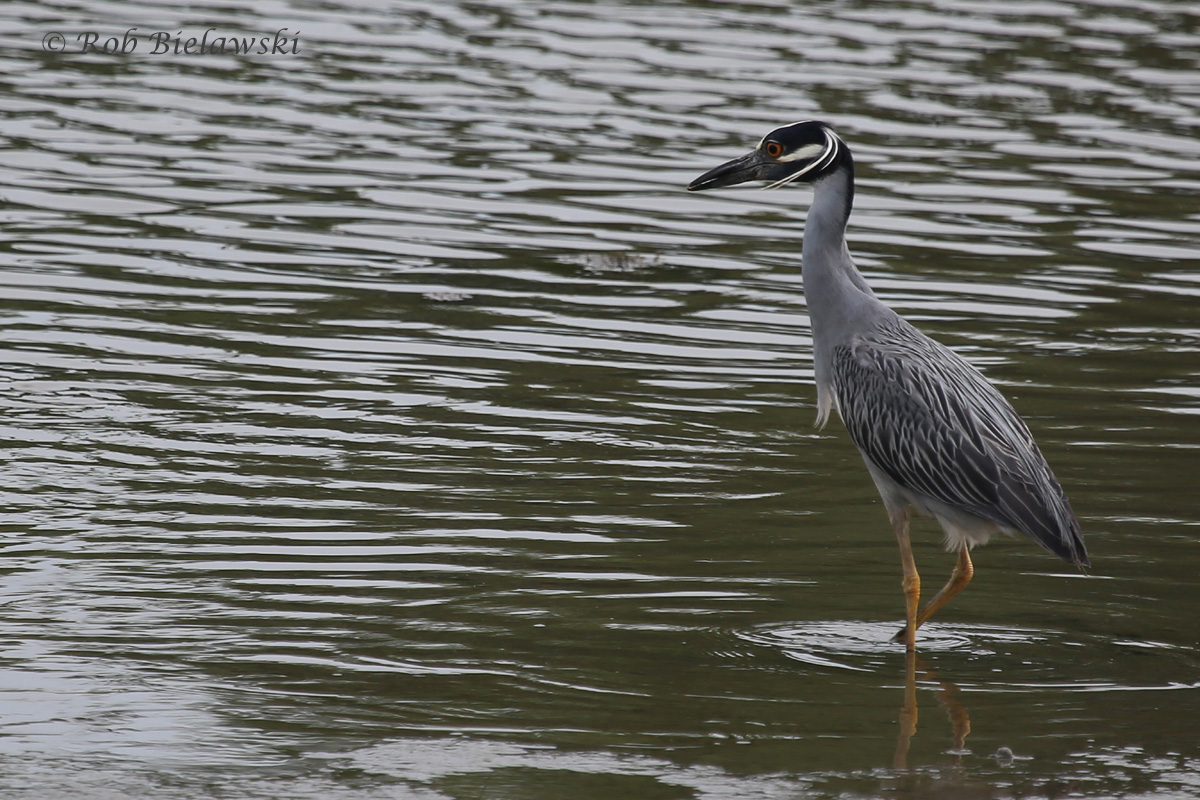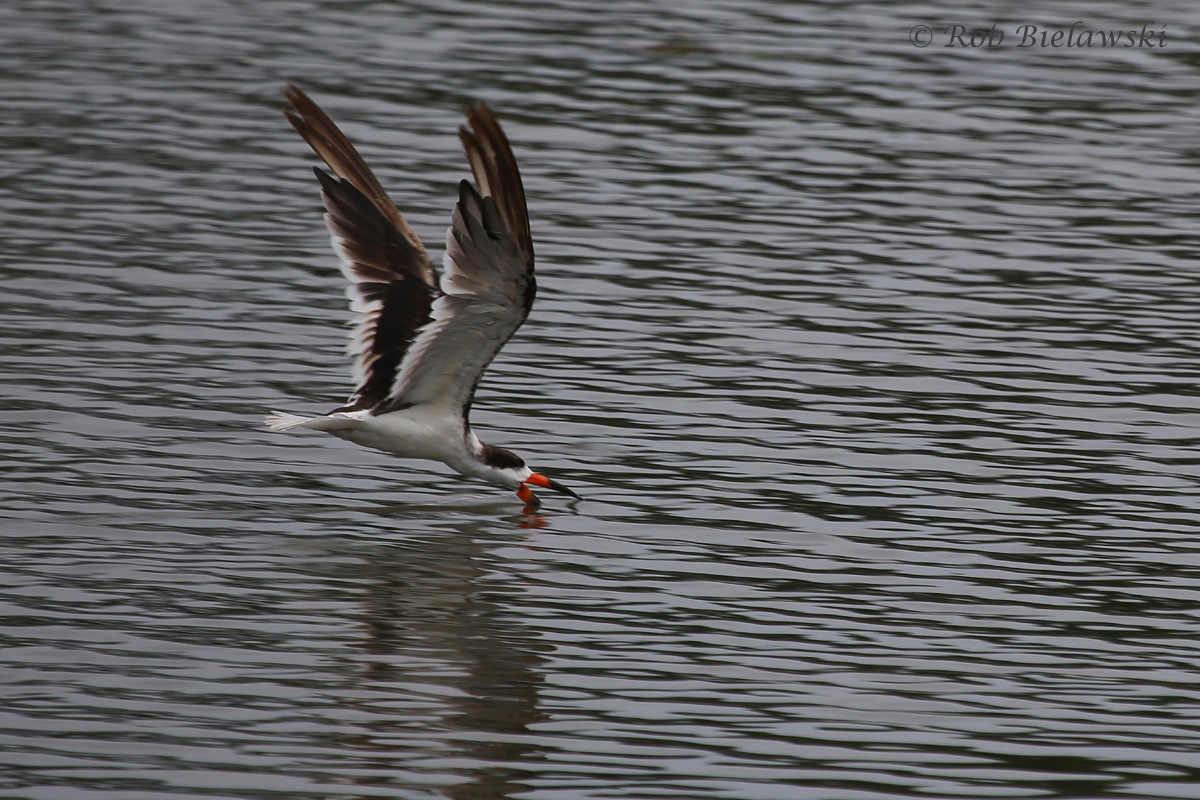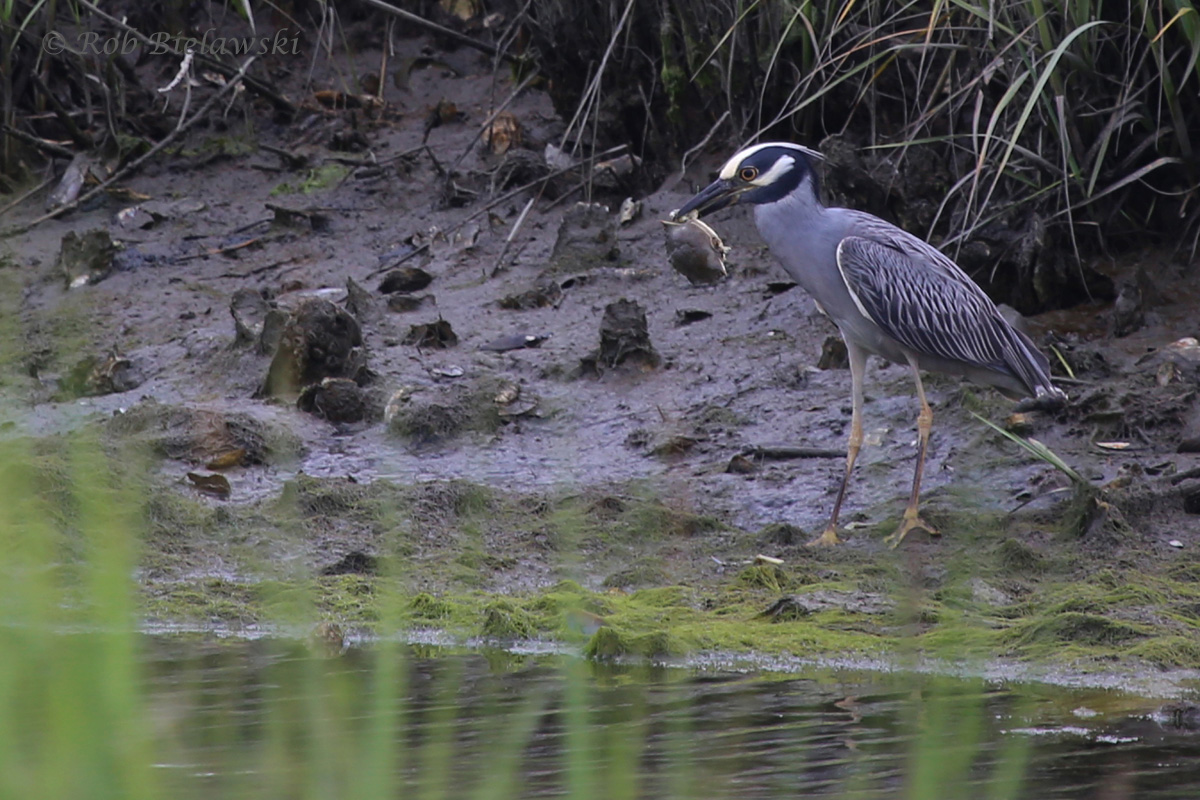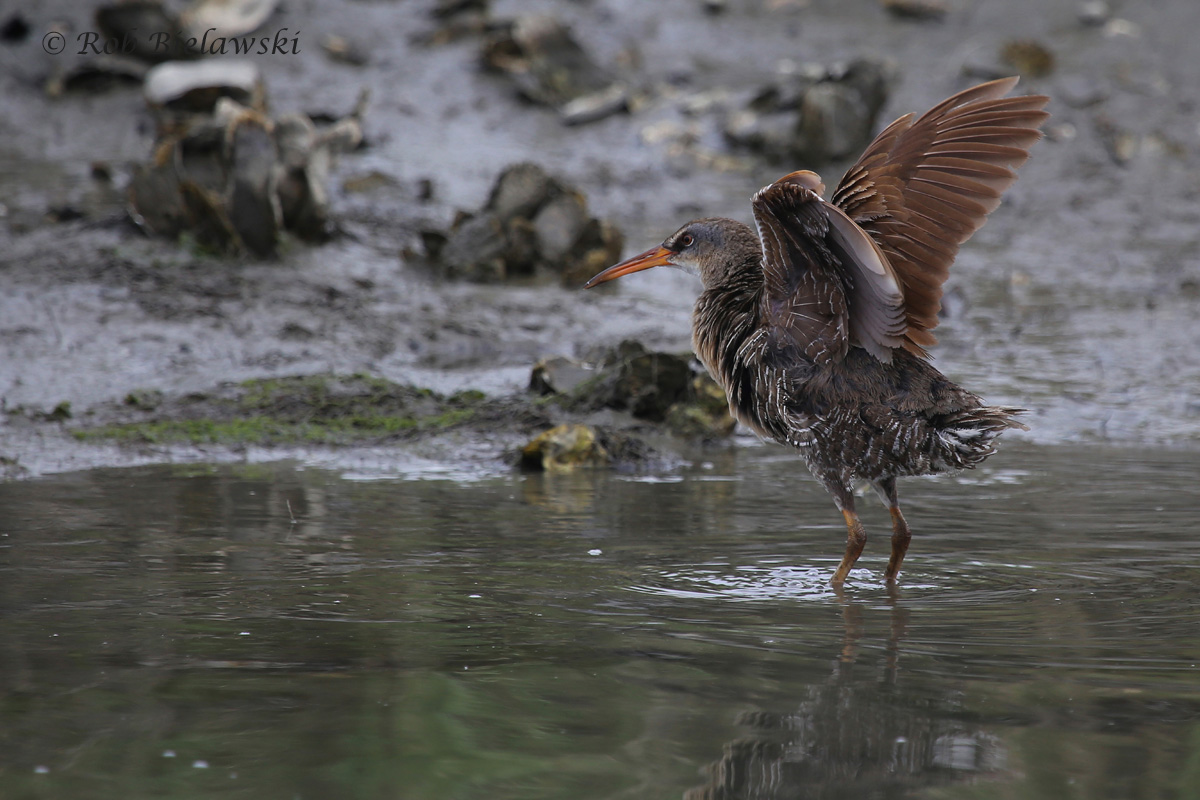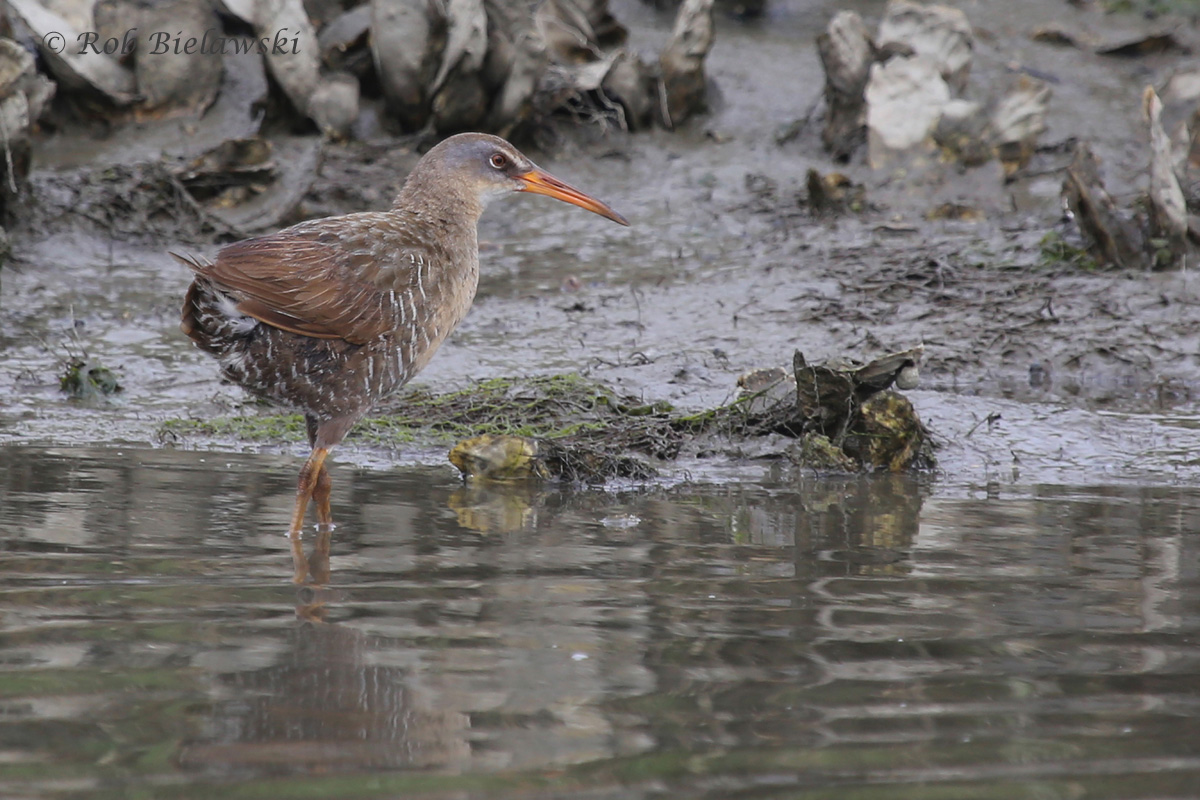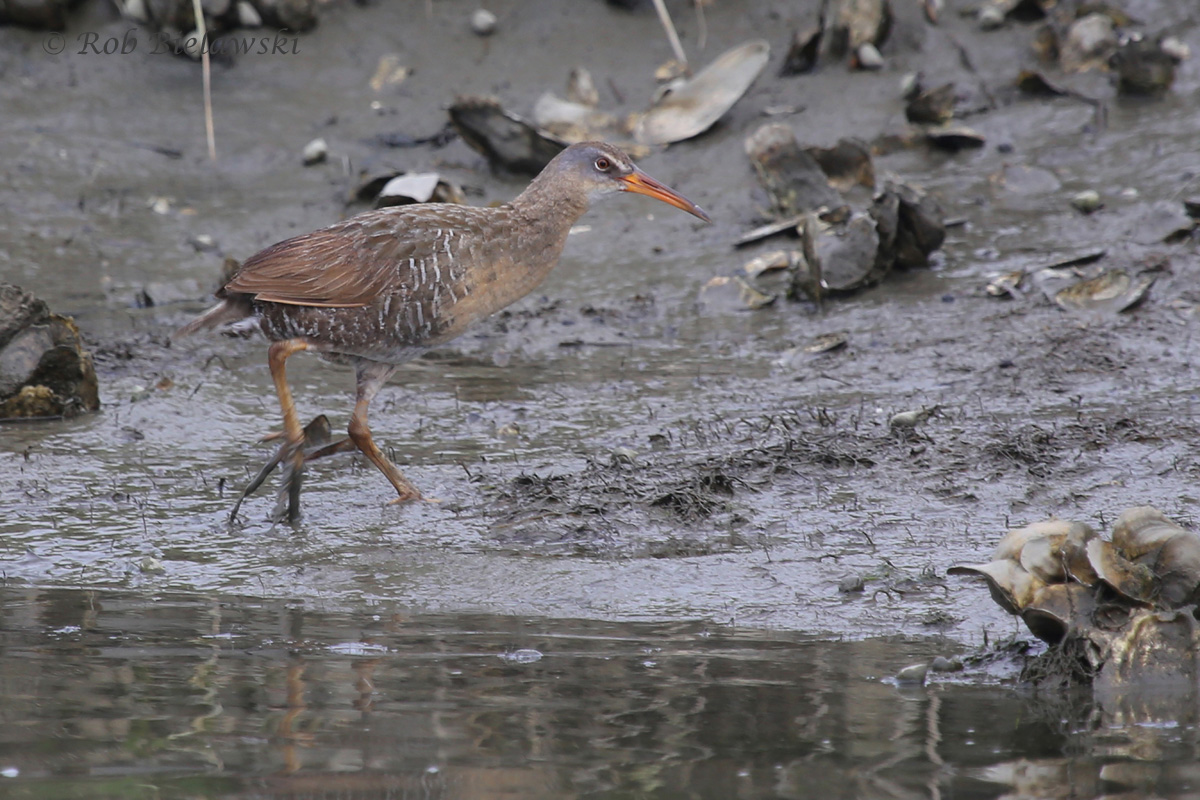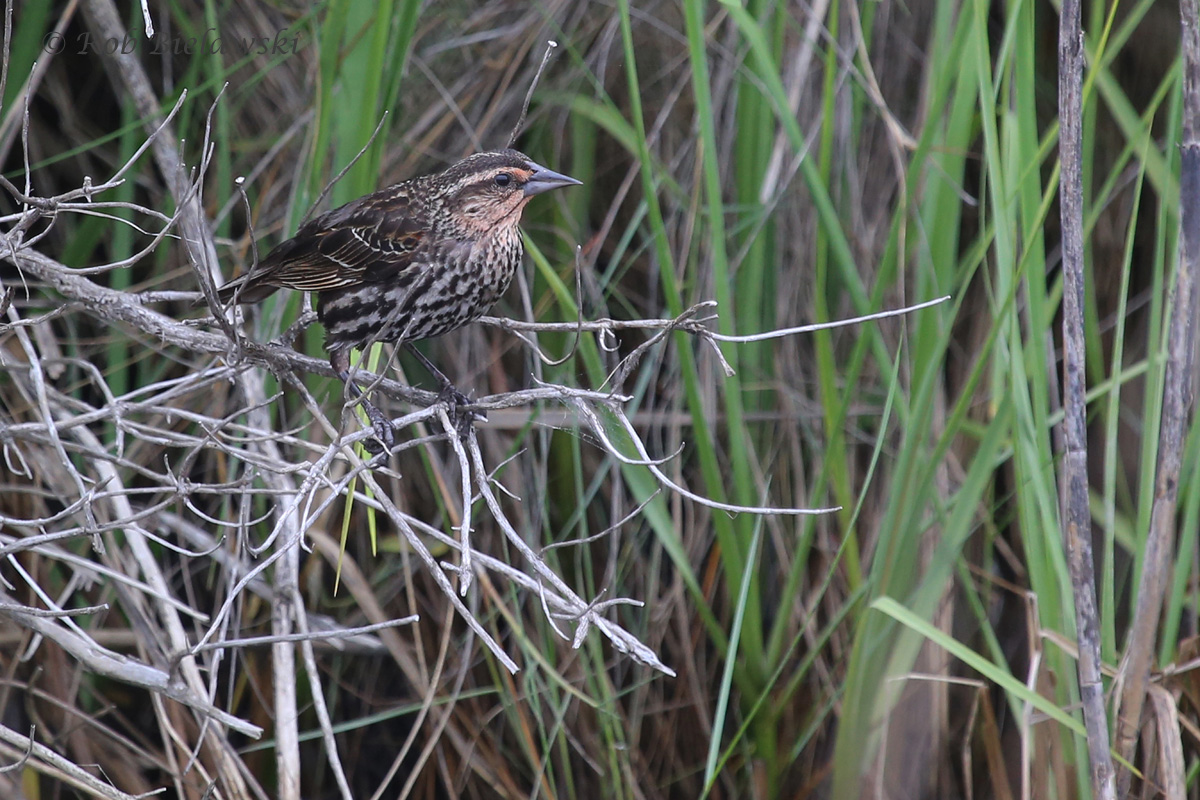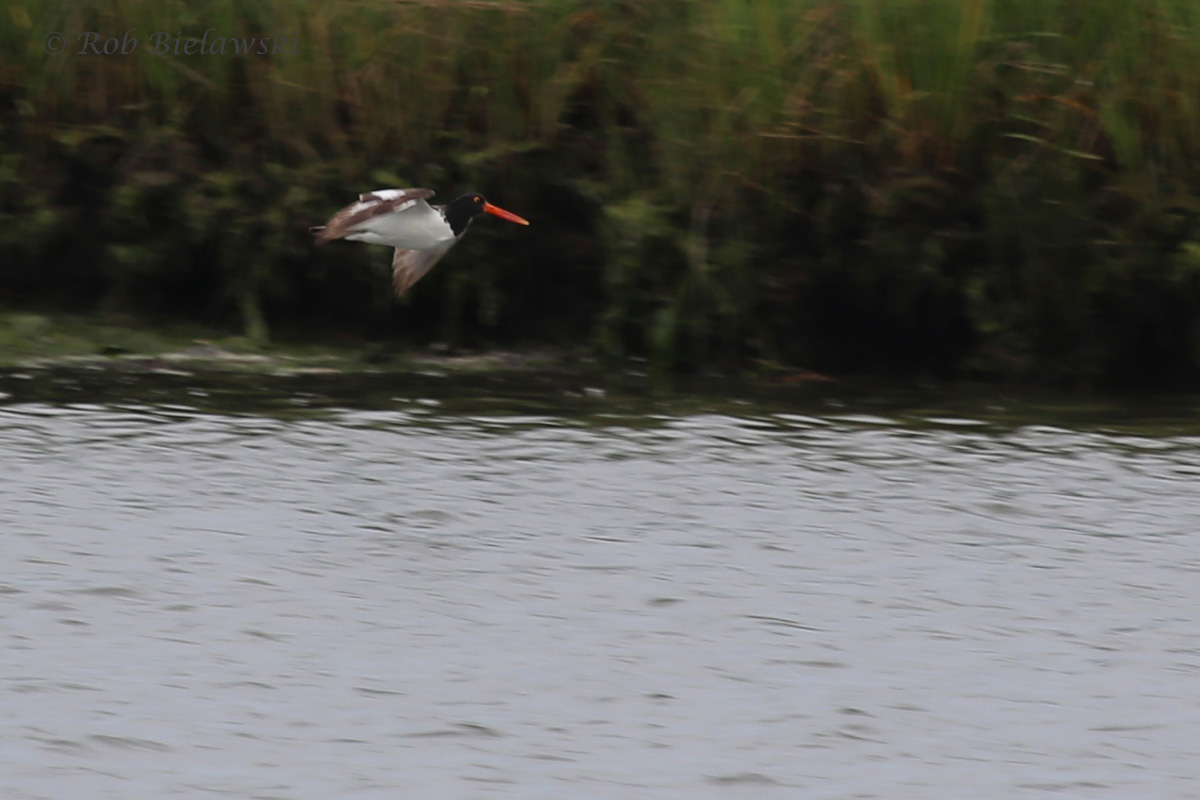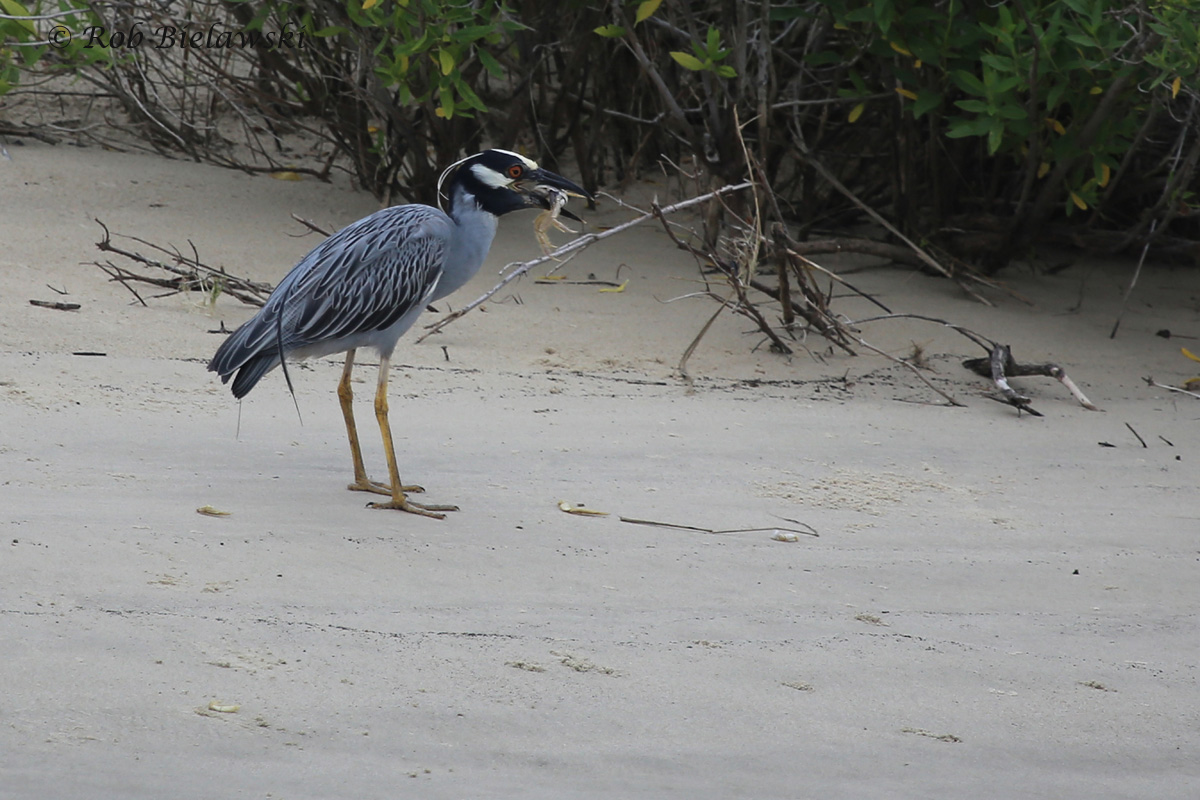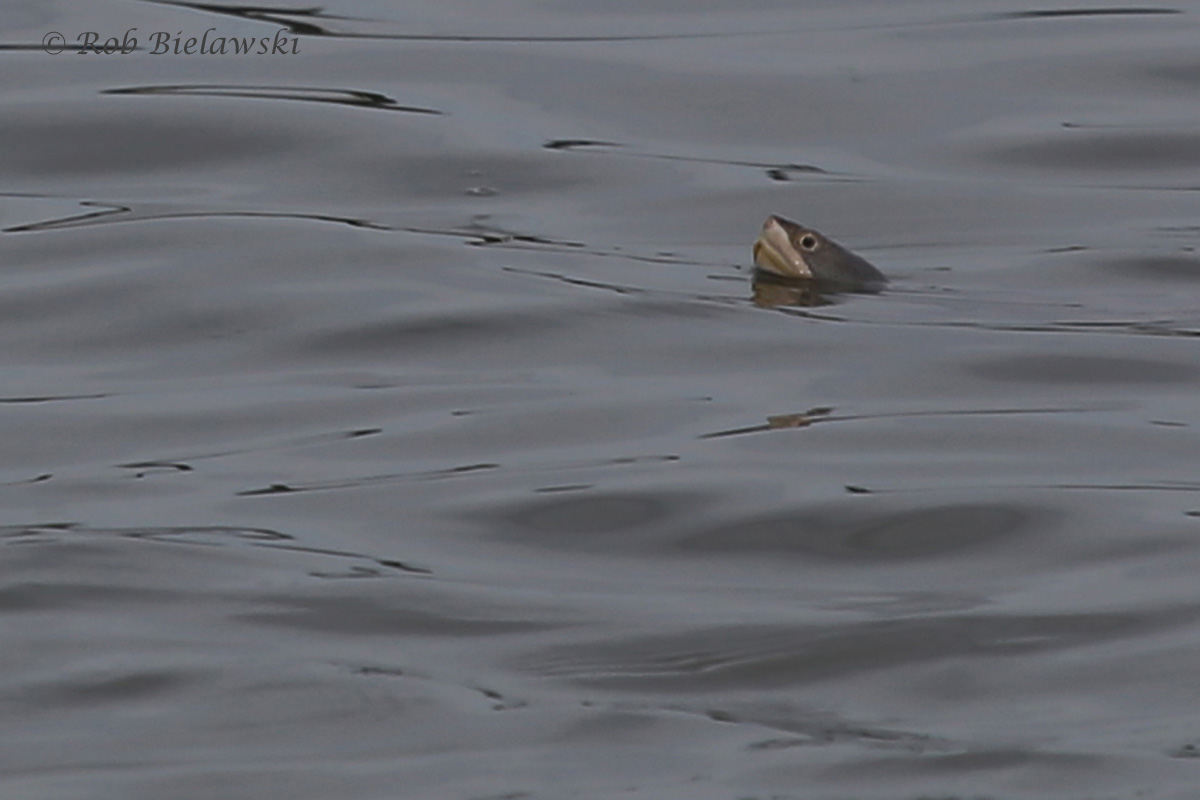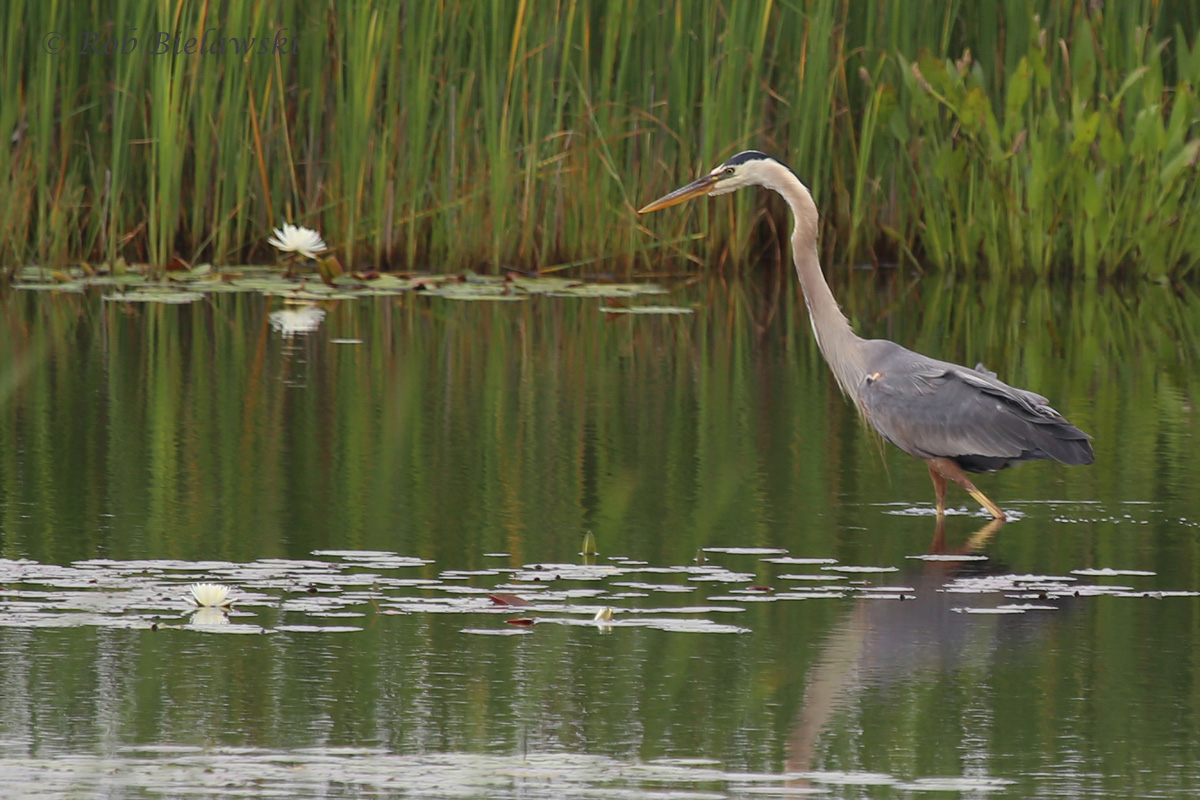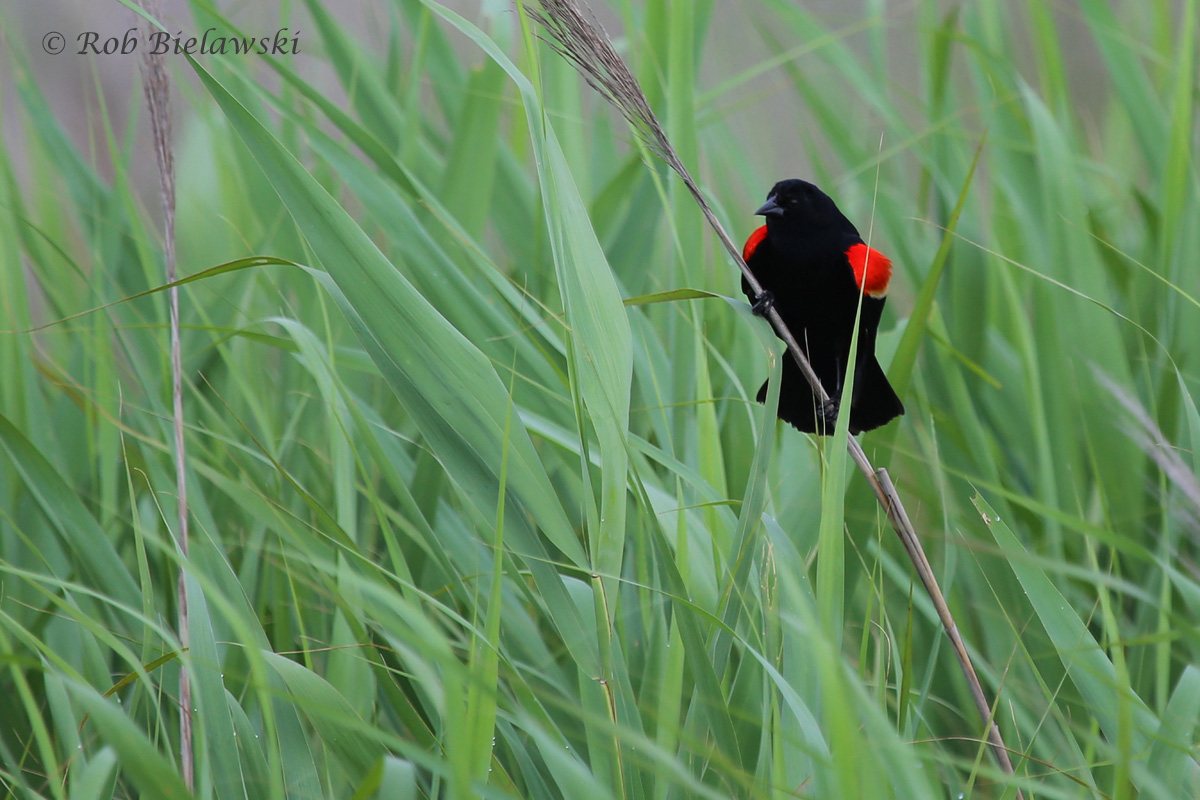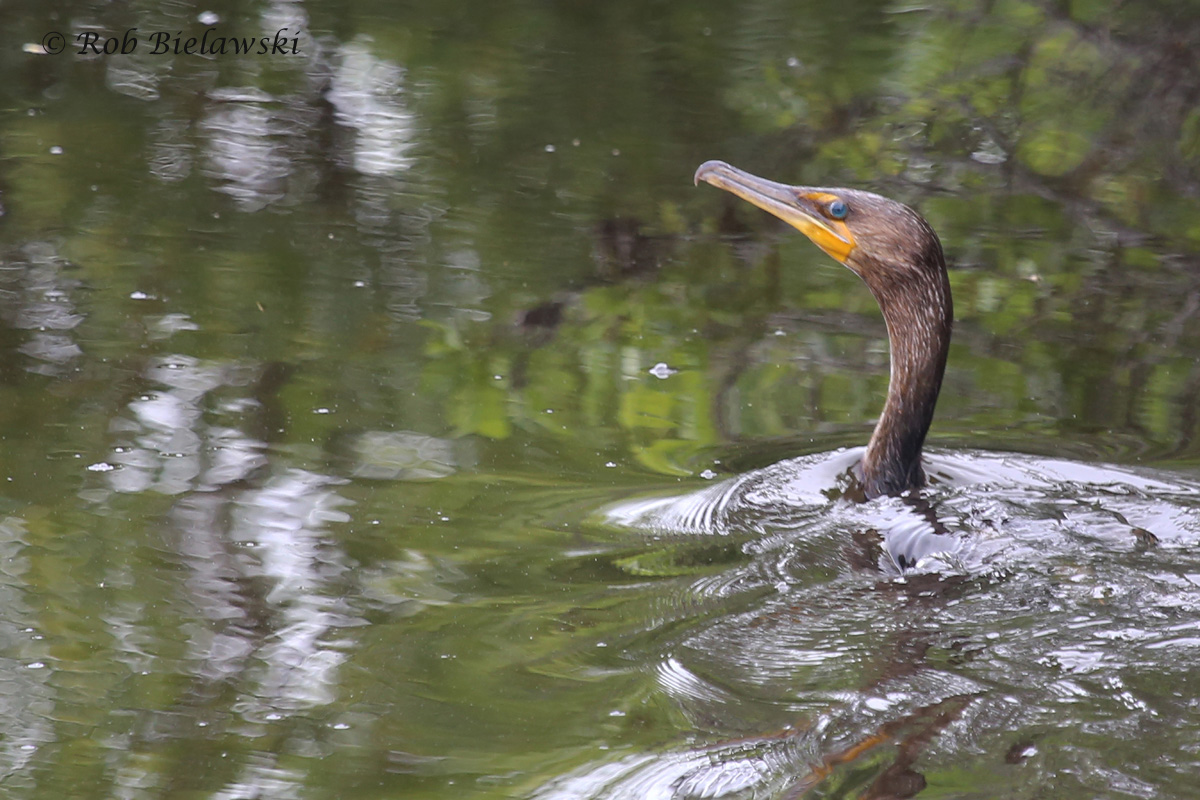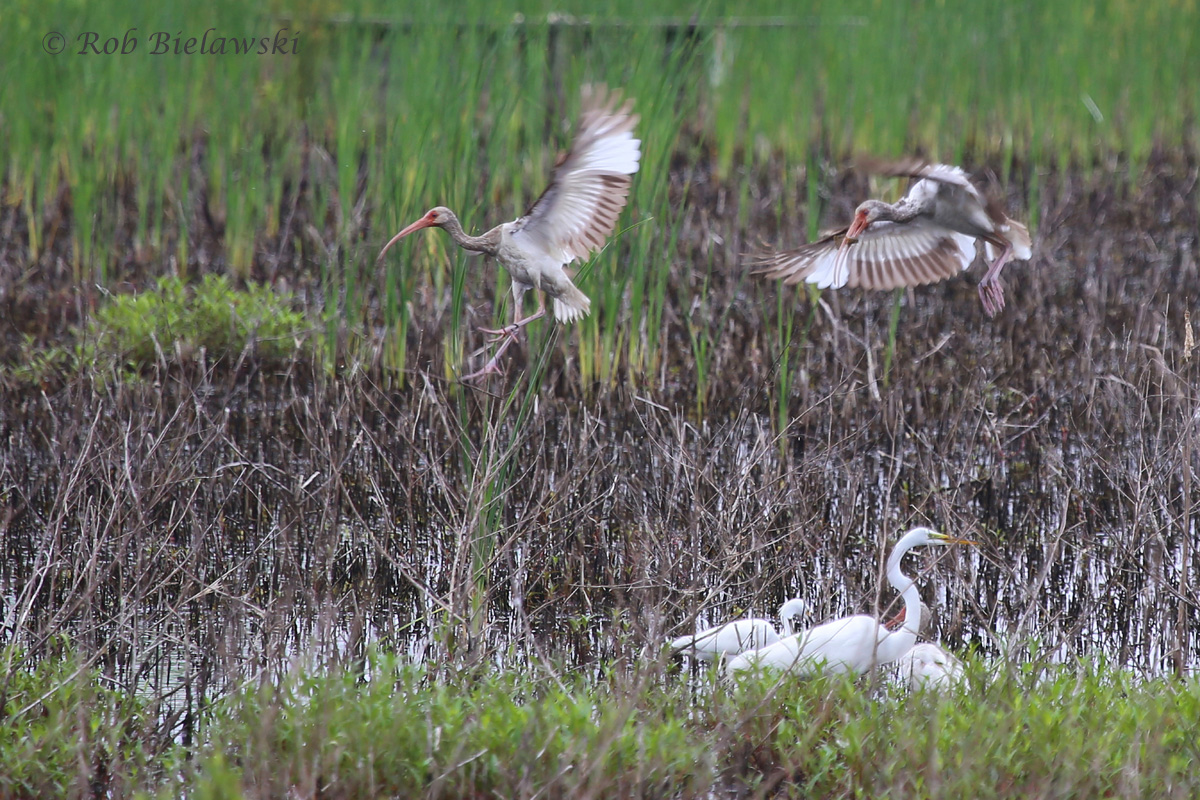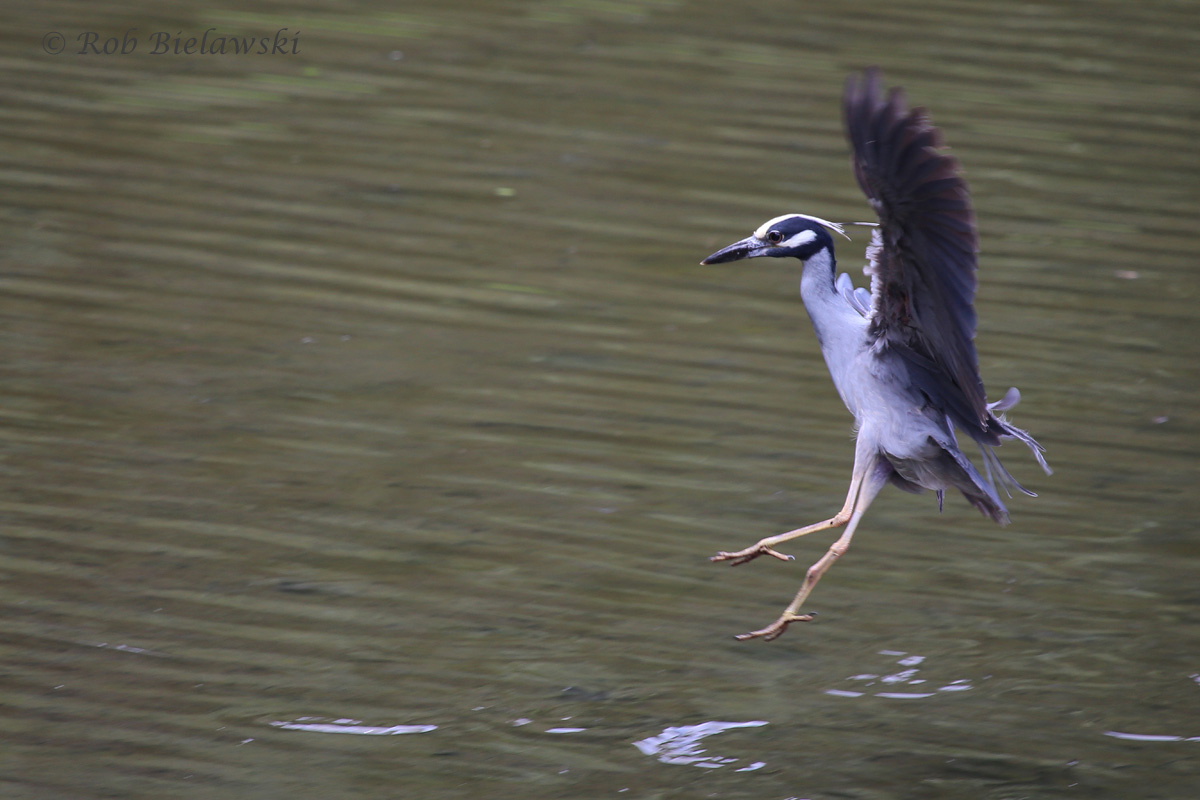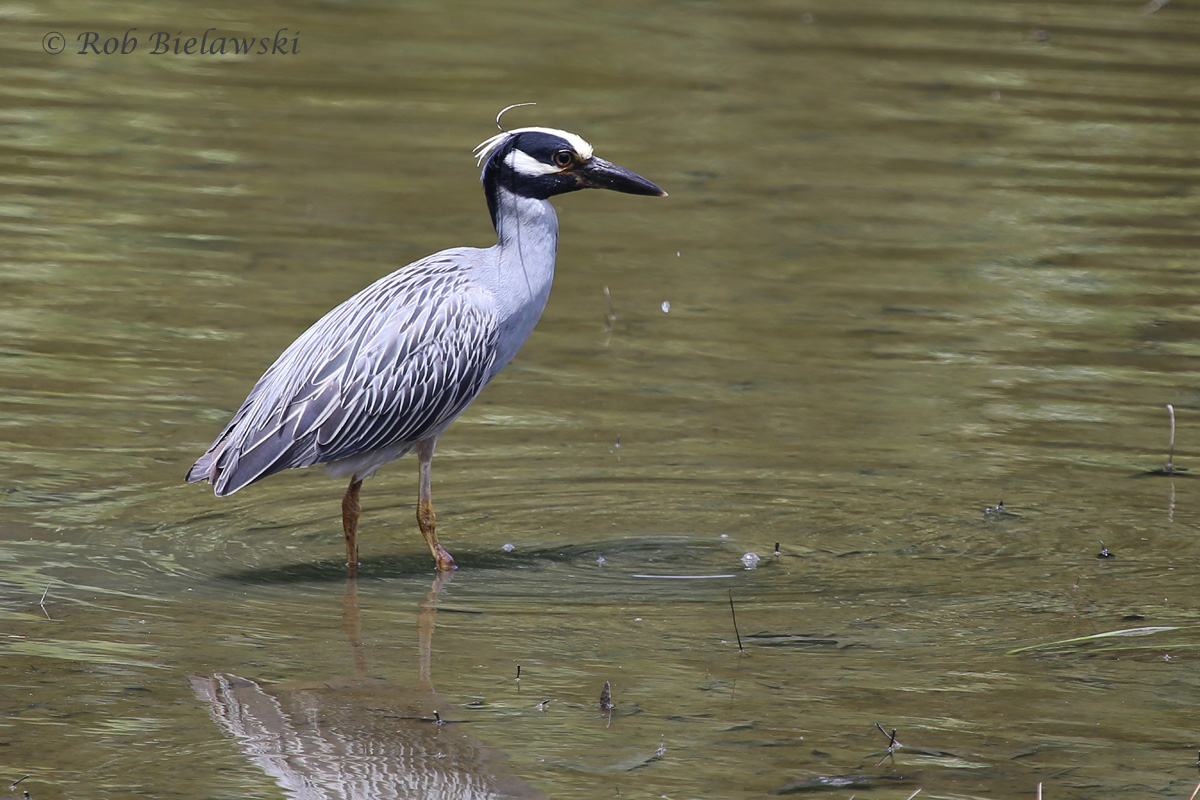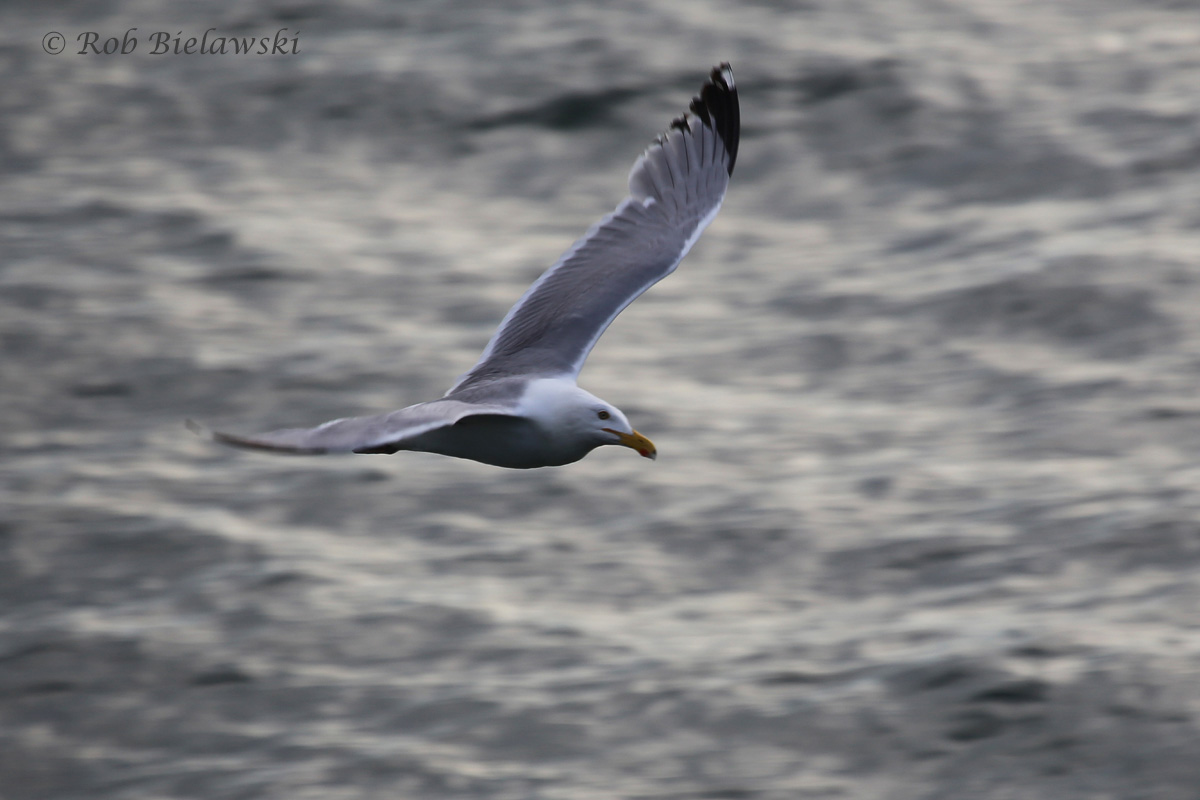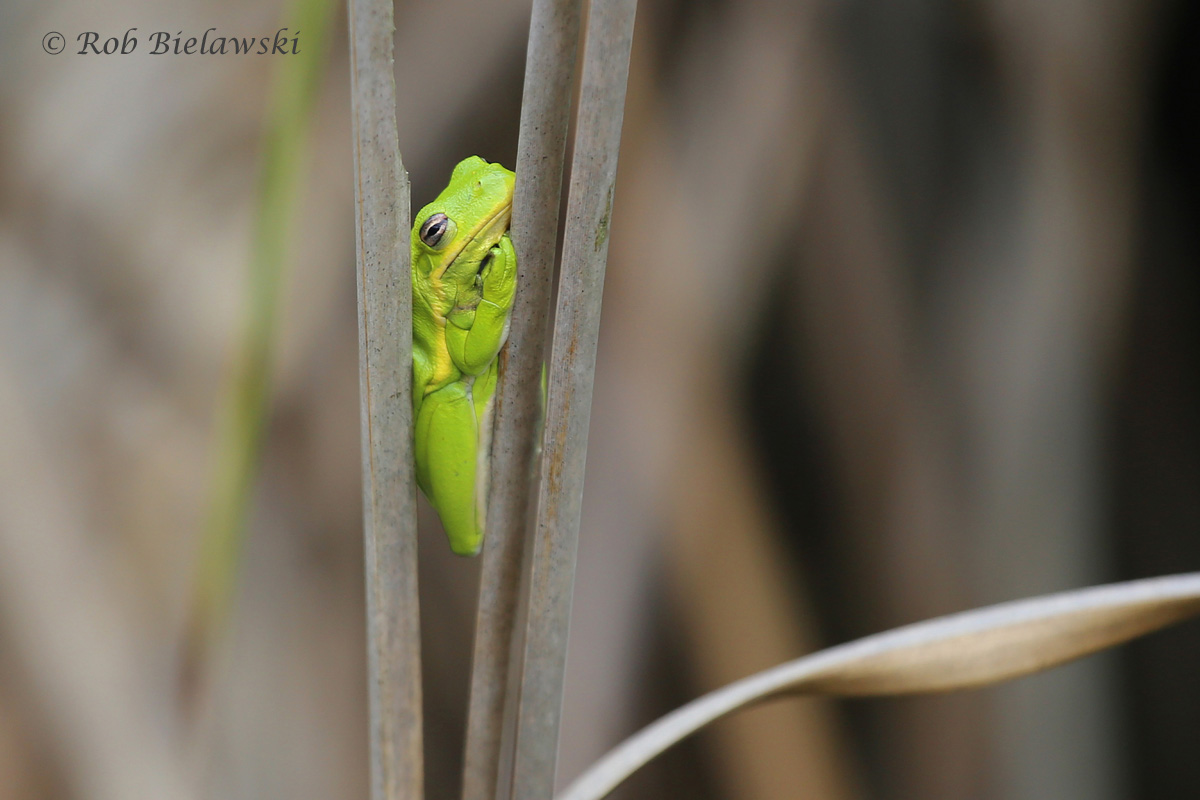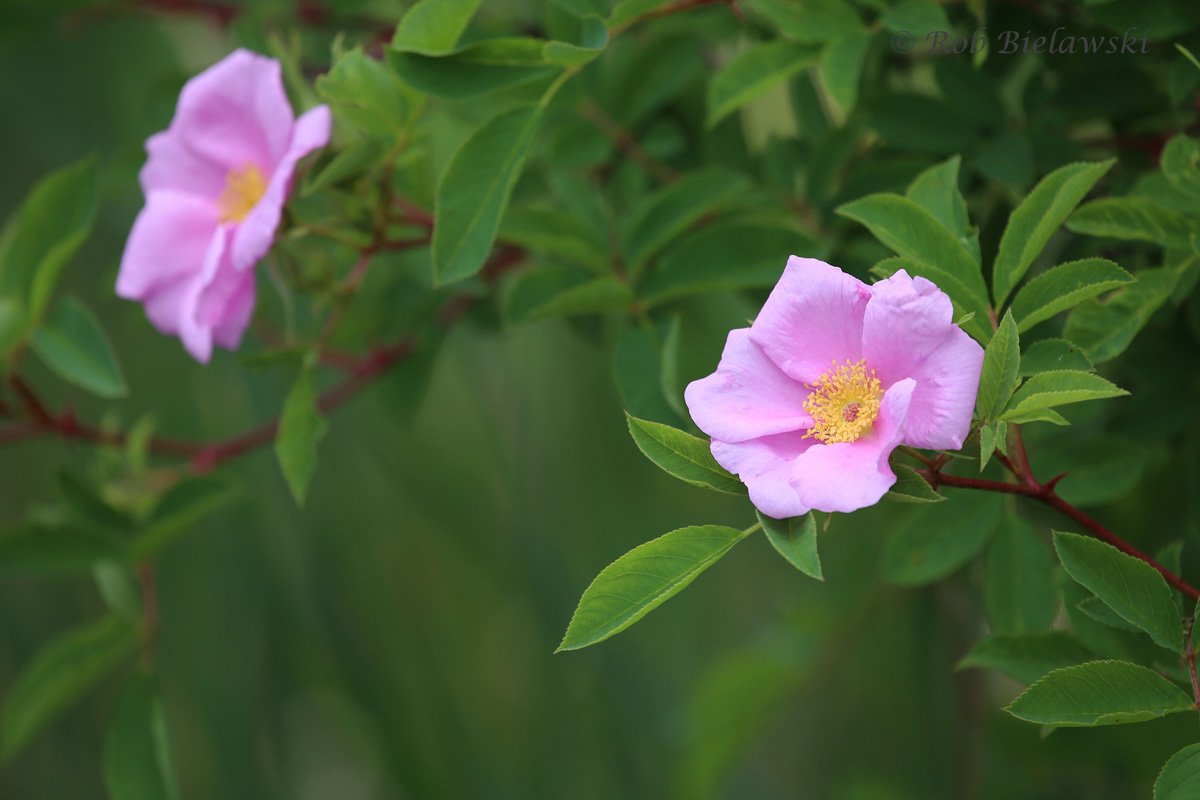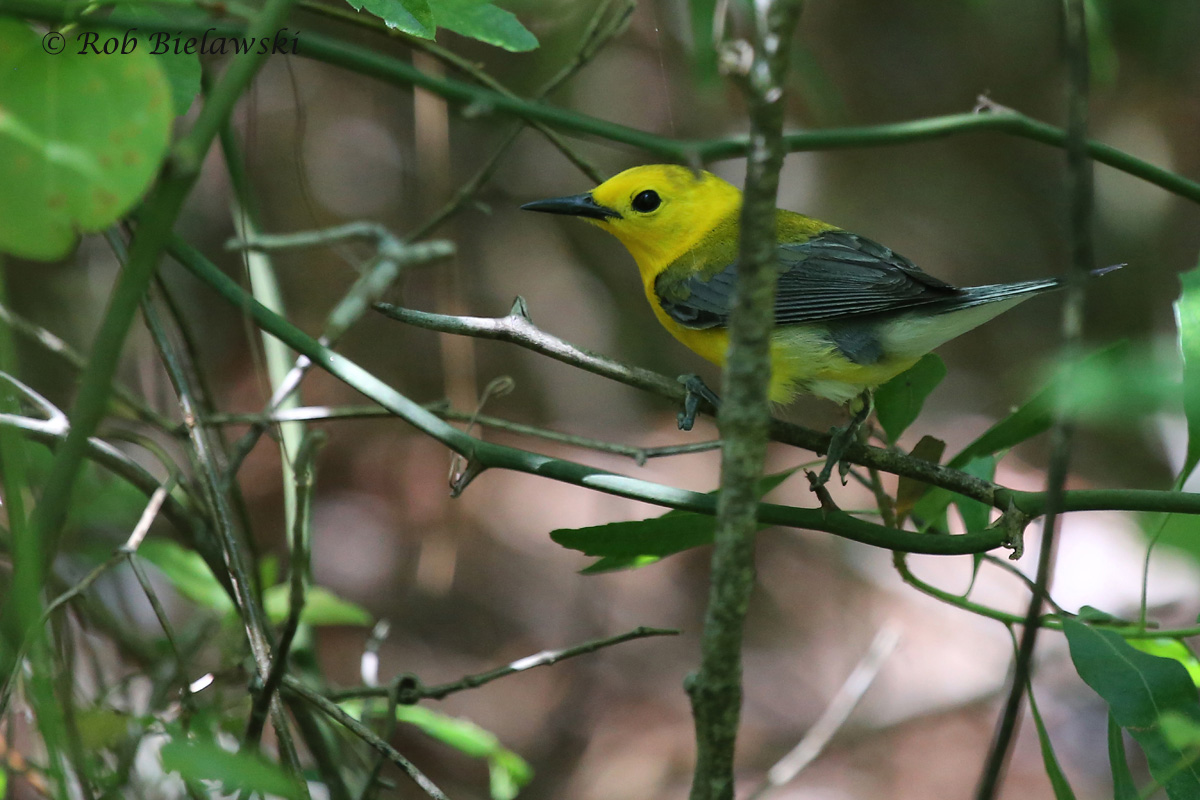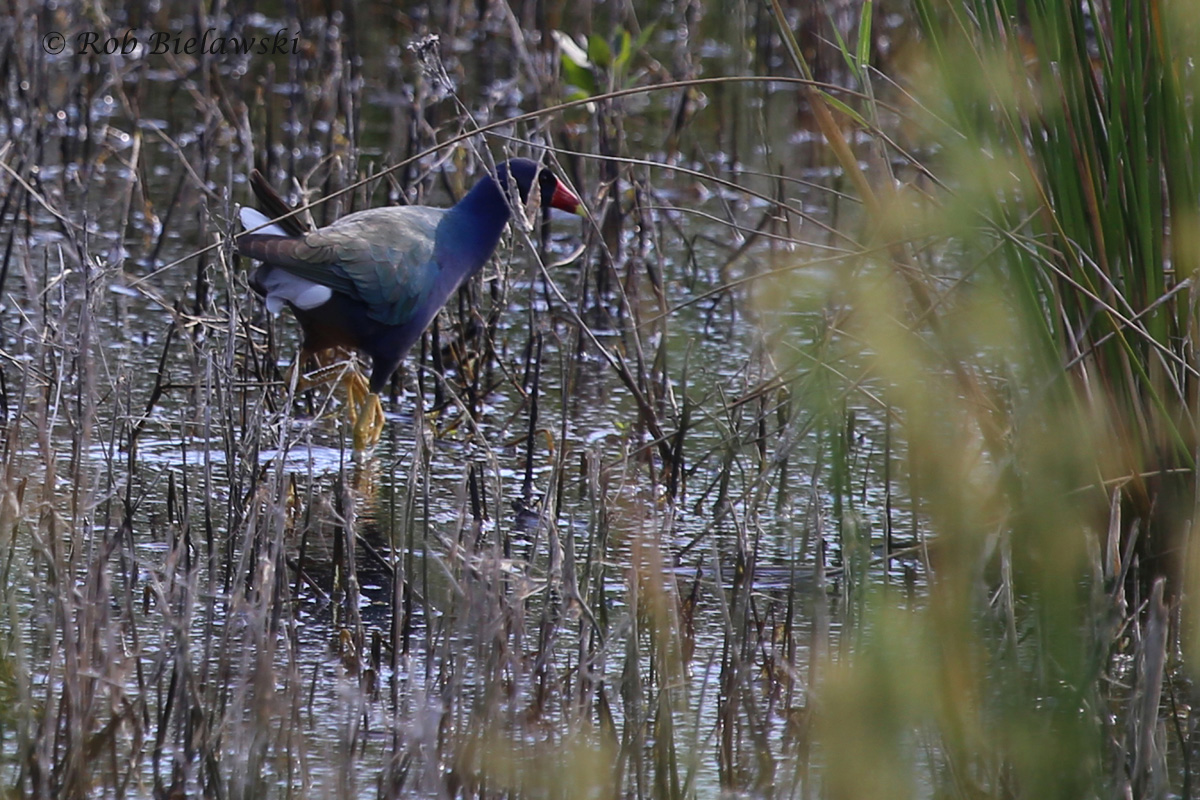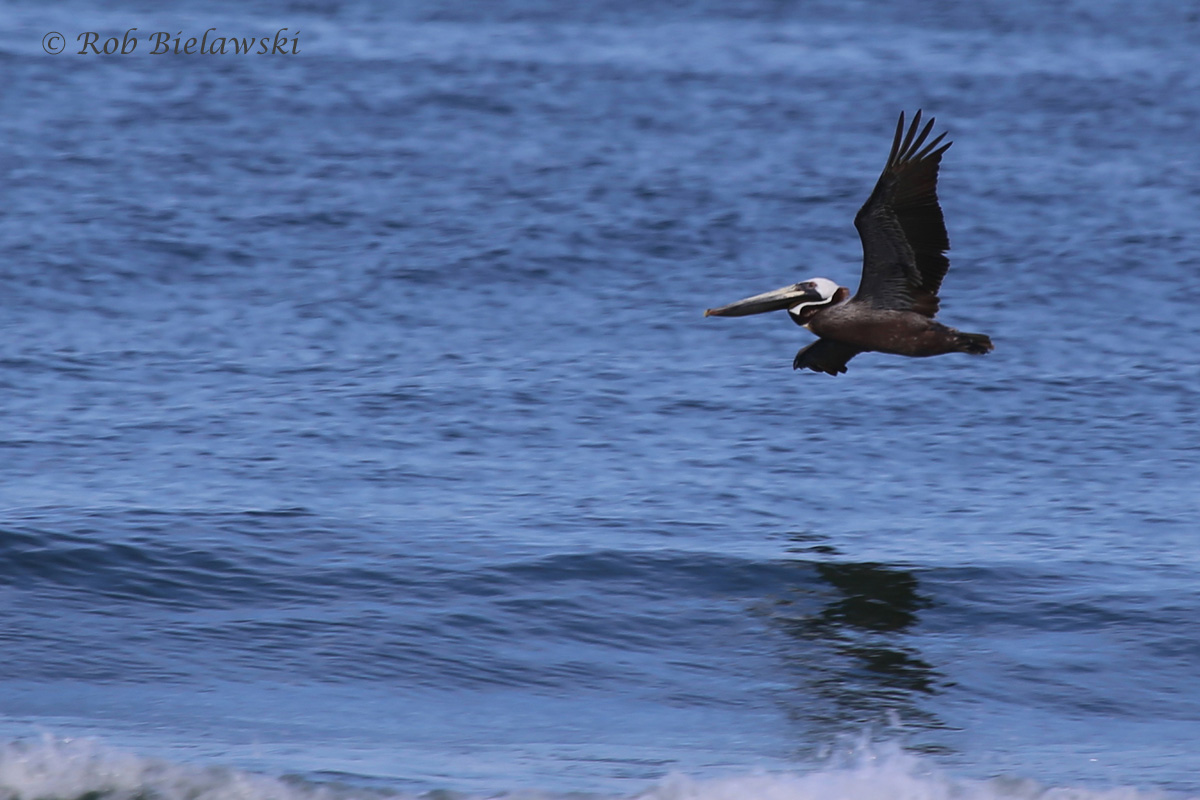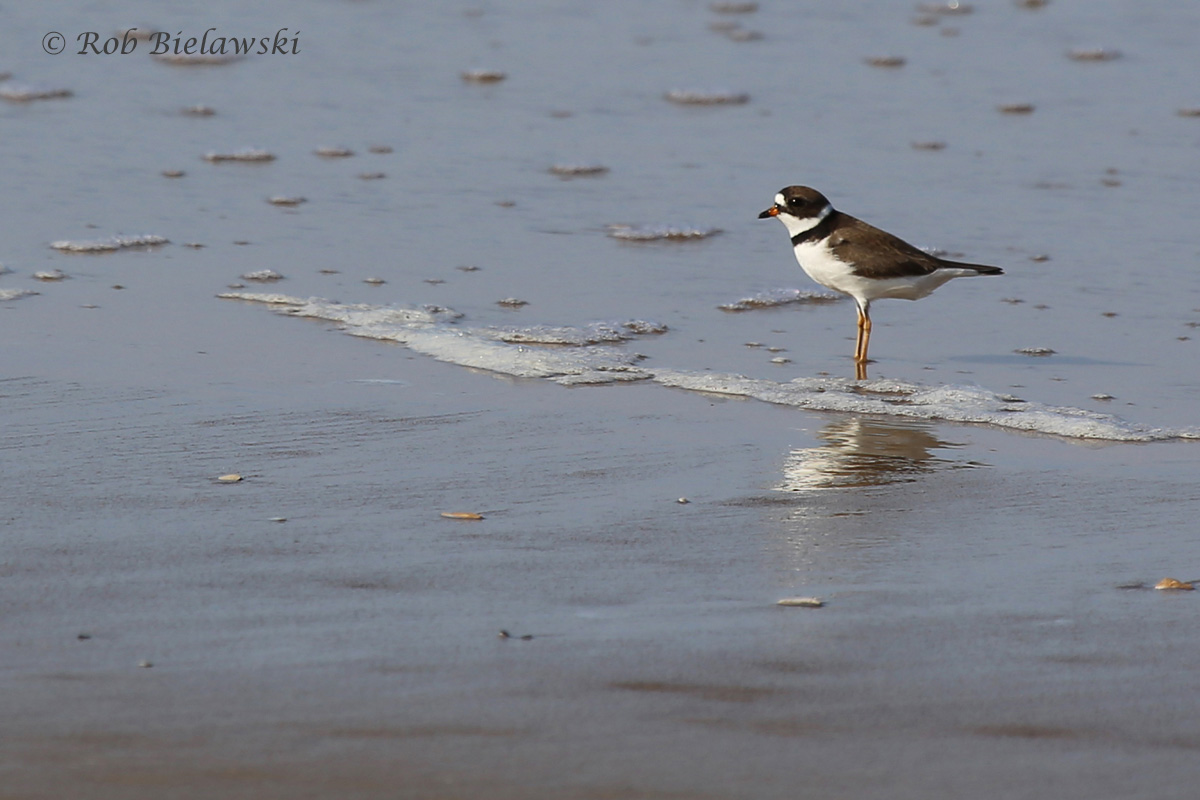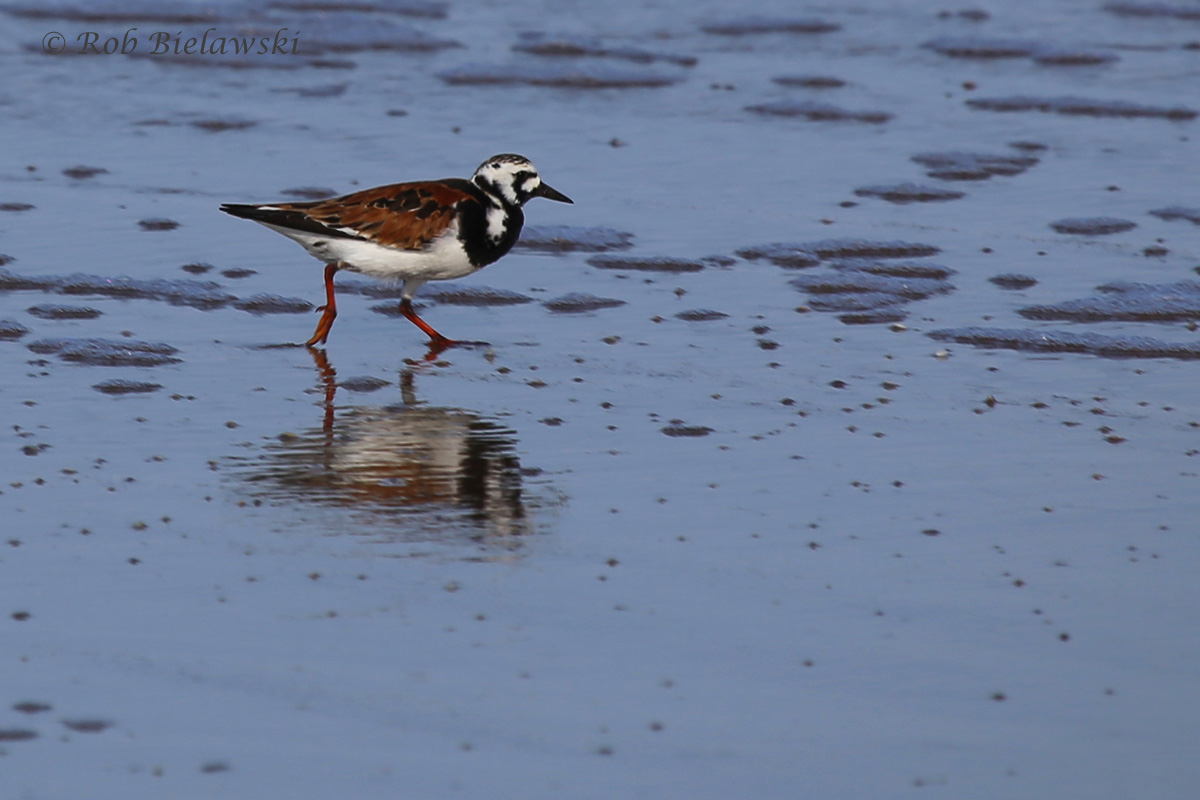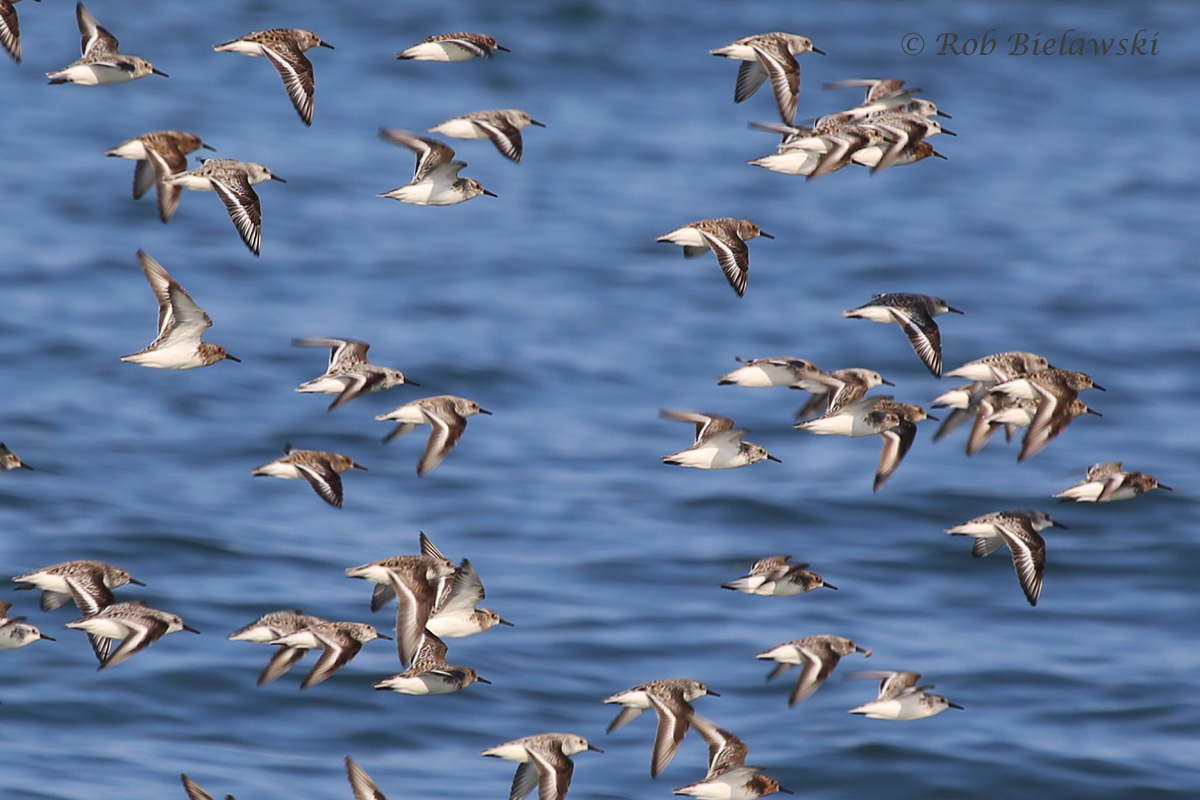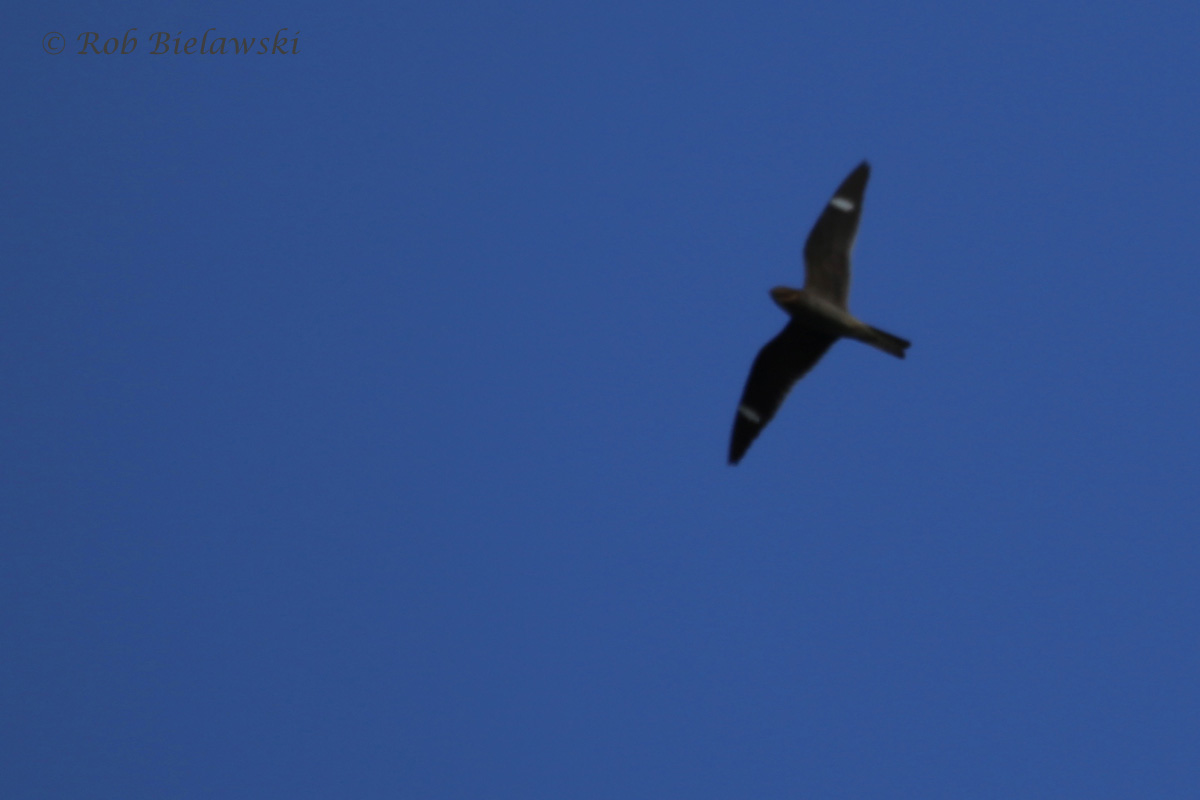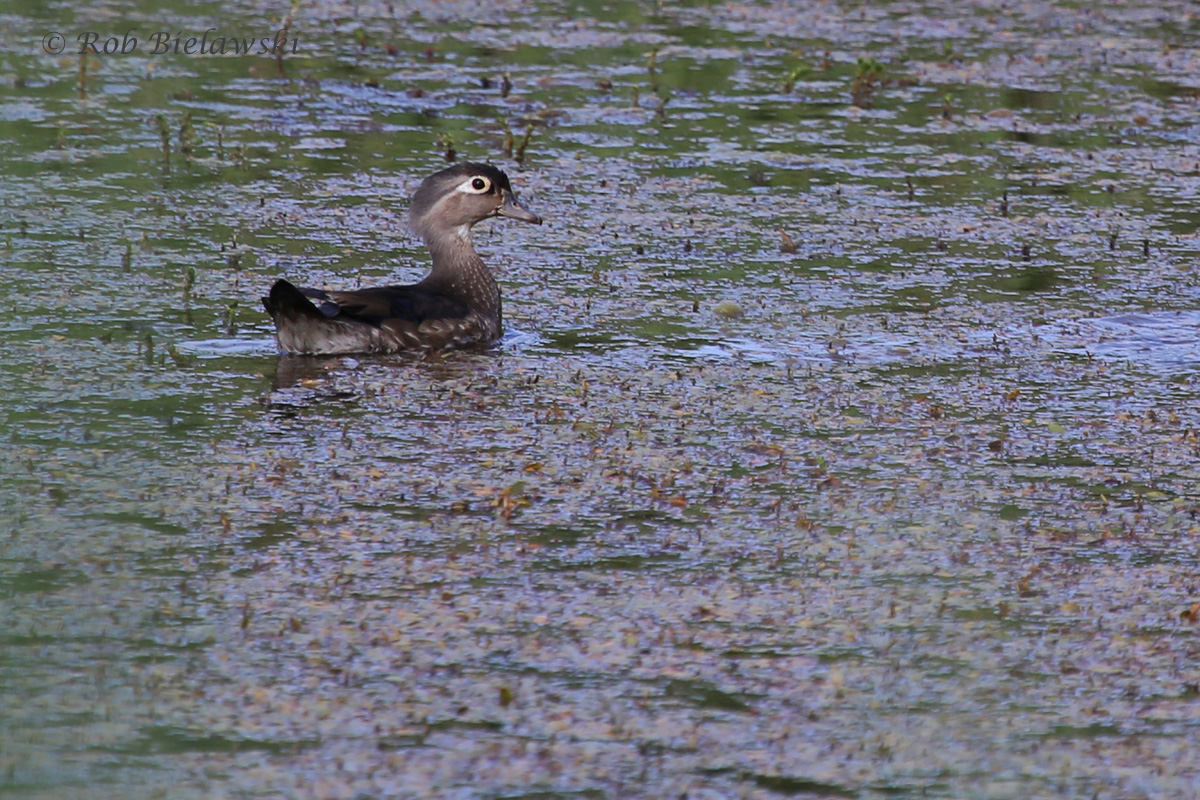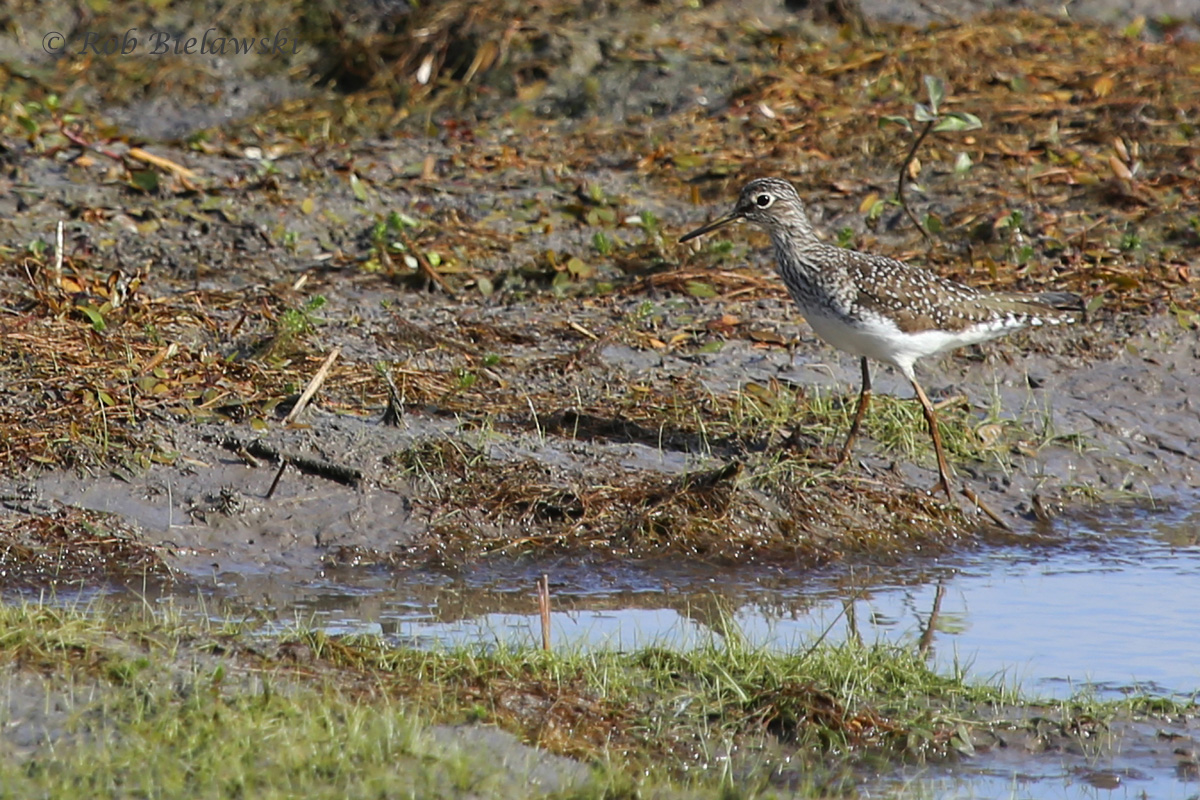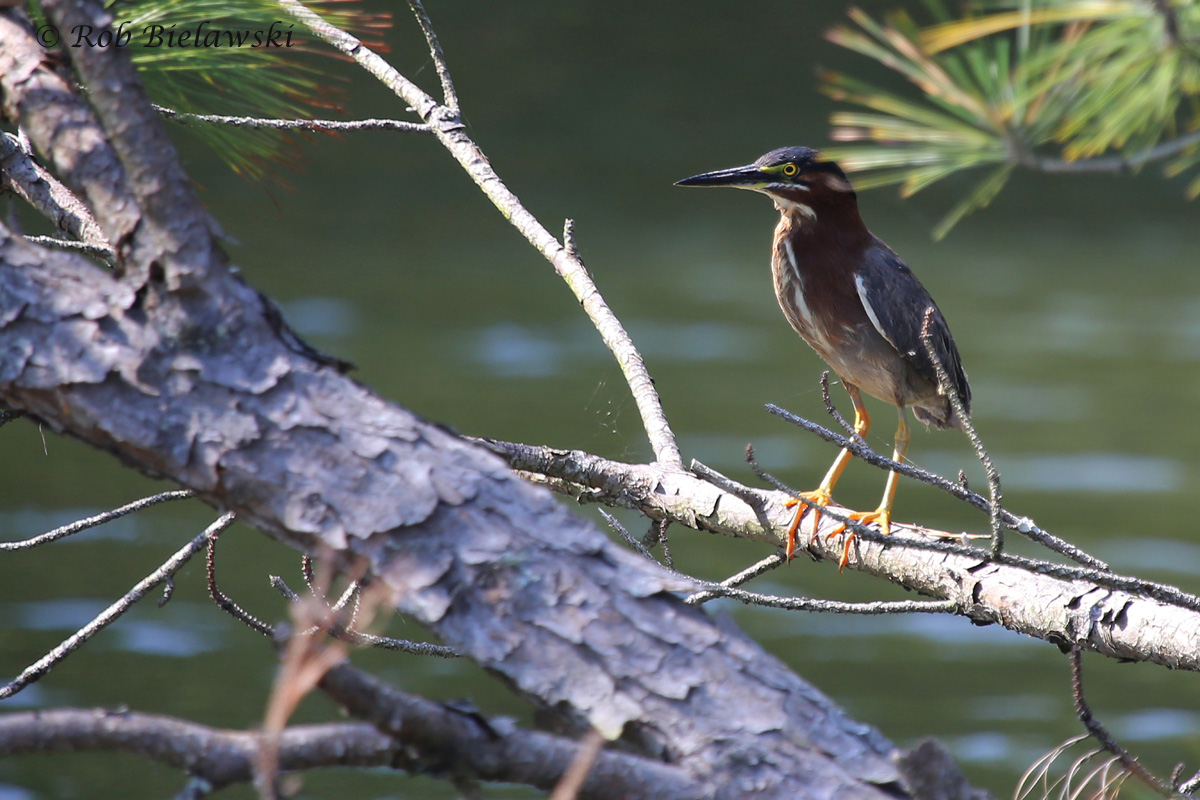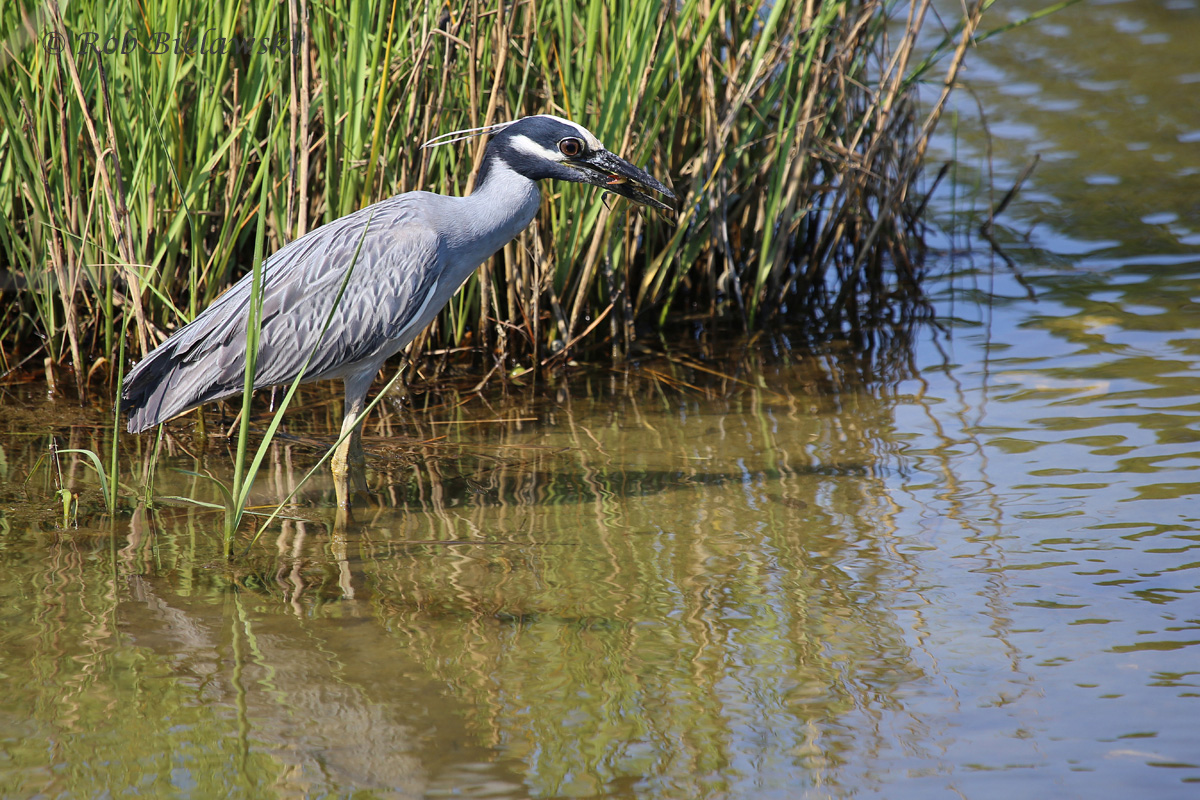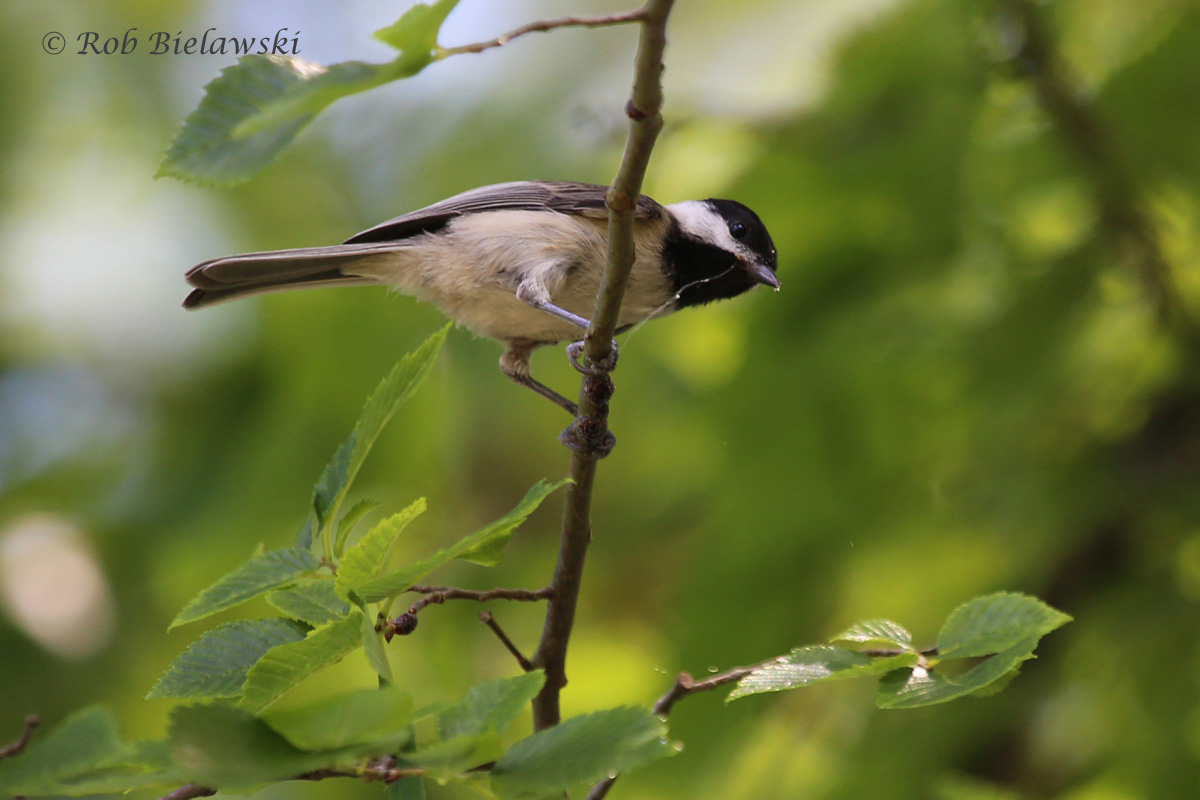Week Ending June 19, 2016
/For the last pair of weeks, birding observations expectedly slowed. This is typical of the month of June for several reasons. First, springtime migration reached its end, which means new influxes of birds of varying species stopped trickling through the area. Secondly, as temperatures rise considerably this time of year, often times many birders simply aren’t outdoors as much as they were in the couple of months prior. Lastly, many species of birds are no longer as visible, with fully leafed out vegetation obscuring them from view, and breeding having begun, often times these birds will conceal themselves to protect nest sites. Given all this, it is ‘expected’ that June is a slow month for birding, though there are still plenty of birds to be found, many of us were just spoiled by the impressive spring migration showing across the region, and just need to settle into the summer slowdown. But, this week held one fantastic observation that many folks were able to take part in, more on that below! WEEKLY WEATHER: This week certainly felt like summertime across Virginia Beach, but there was a considerable drop in temperatures from the previous weekly period, resulting in an average daily high of 83.4 degrees F (a 6.6 degree drop from last week’s average); the average daytime lows dropped a bit though, to 68.4 degrees F (a minor 1.7 degree decrease). Overall, we hit a peak high on Thursday (16 Jun) of 90 degrees F (7 degrees lower than last week’s high), and a low daytime temperature of 63 degrees F, on Sunday (19 Jun). As with the past several weeks, we experienced precipitation on three of the seven days this week, though only negligible amounts fell on Wednesday (15 Jun) & Thursday (16 Jun), a total of 0.92 inches of rain accumulated, with 0.87 inches of it falling on Friday (17 Jun). WEEKLY OBSERVATIONS: On Wednesday morning while still out of town visiting my childhood home in northern Minnesota, I received a text message from Andrew Baldelli detailing that a photograph had been submitted into eBird of a BLACK-BELLIED WHISTLING-DUCK (14 Jun / Lake Joyce / Kim Garcia) that was simply input as a “Duck sp.”. For those unfamiliar with eBird, the term “Duck sp.” Is typically used when someone sees a duck, but they are unable to determine which species it is; usually this occurs on very distant birds flying past, when field marks may not be discernible. However, in this case, I believe the observer simply was not aware of how to input a “Rare” species, as they do not show up by default on the checklist submissions. This is done purposely so that erroneous rarities are not reported with frequency, and it forces birders to understand that the sighting was truly unusual and requires additional information be added. Anyways, I received the text message and put out the information to several close birding friends via text message, and then posted it to the Hampton Roads Wildlife Enthusiasts and the VA Notable Bird Sightings & Discussion Group on Facebook. It wasn’t too long before reports started populating eBird, and it was obvious the bird was still in the area. Interestingly, the initial checklist stated the bird had been present for 7 days already, and it continued all the way through the end of the week. It is my hope, though possibly unrealistic, that it might stick around until I can get back home. This species was last observed in Virginia Beach back in 2013 according to the annual VARCOM (Virginia Avian Records Committee) reports, so anyone who got to see it should consider themselves very fortunate! This sighting has been added to the Noteworthy Observations page (Under the Distribution Tab above, select Noteworthy Observations) on the site, with links to everyone’s eBird reports in case anyone would like to see photos of the bird.
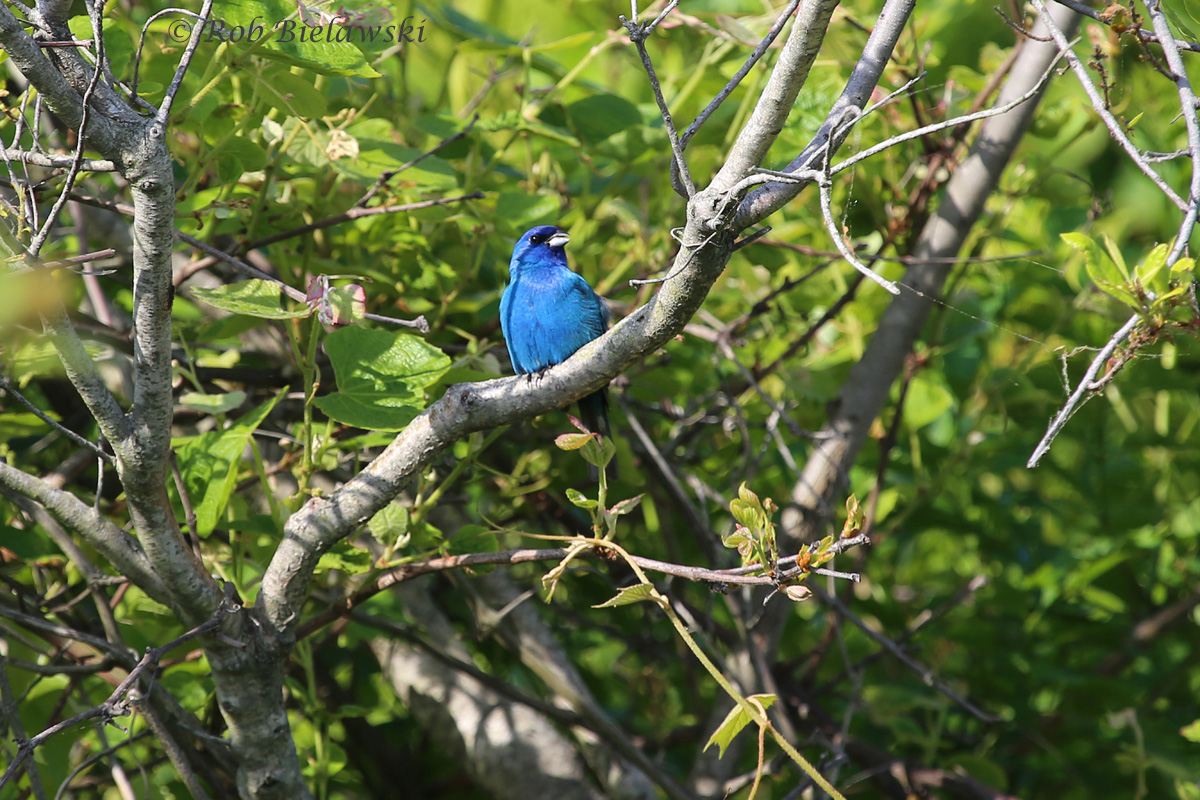
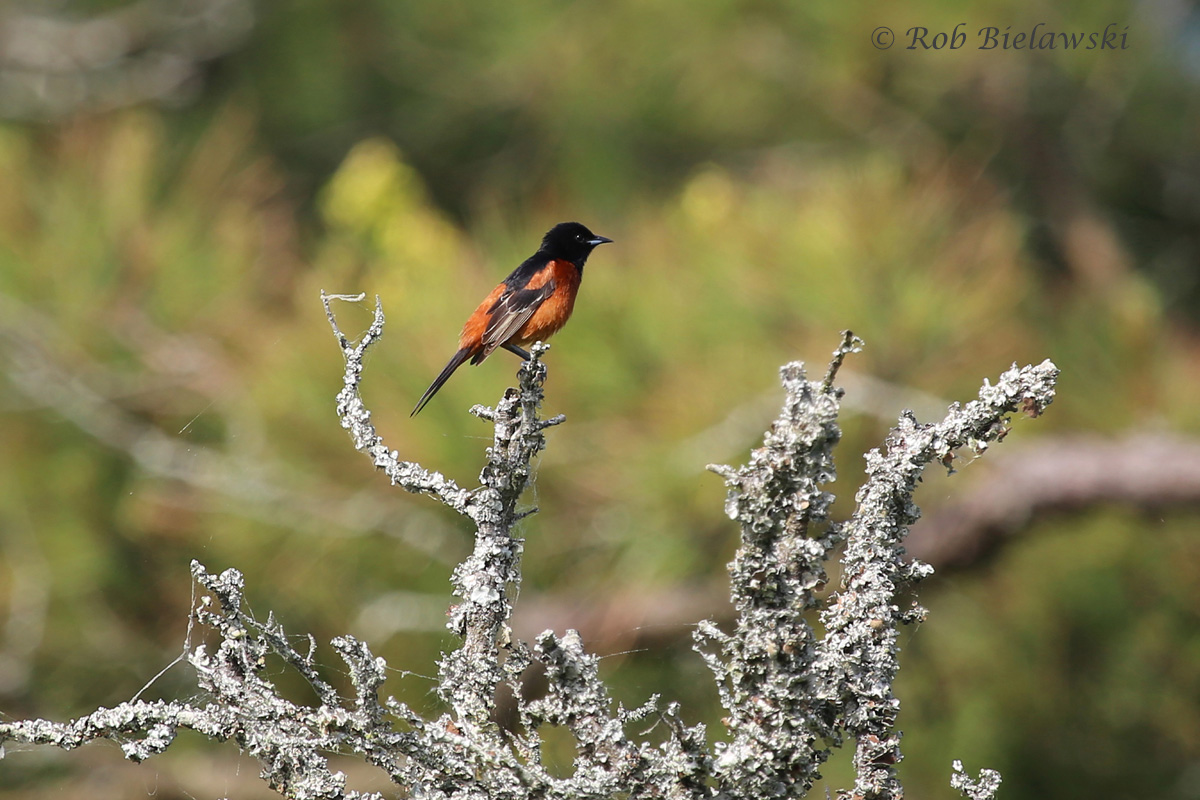
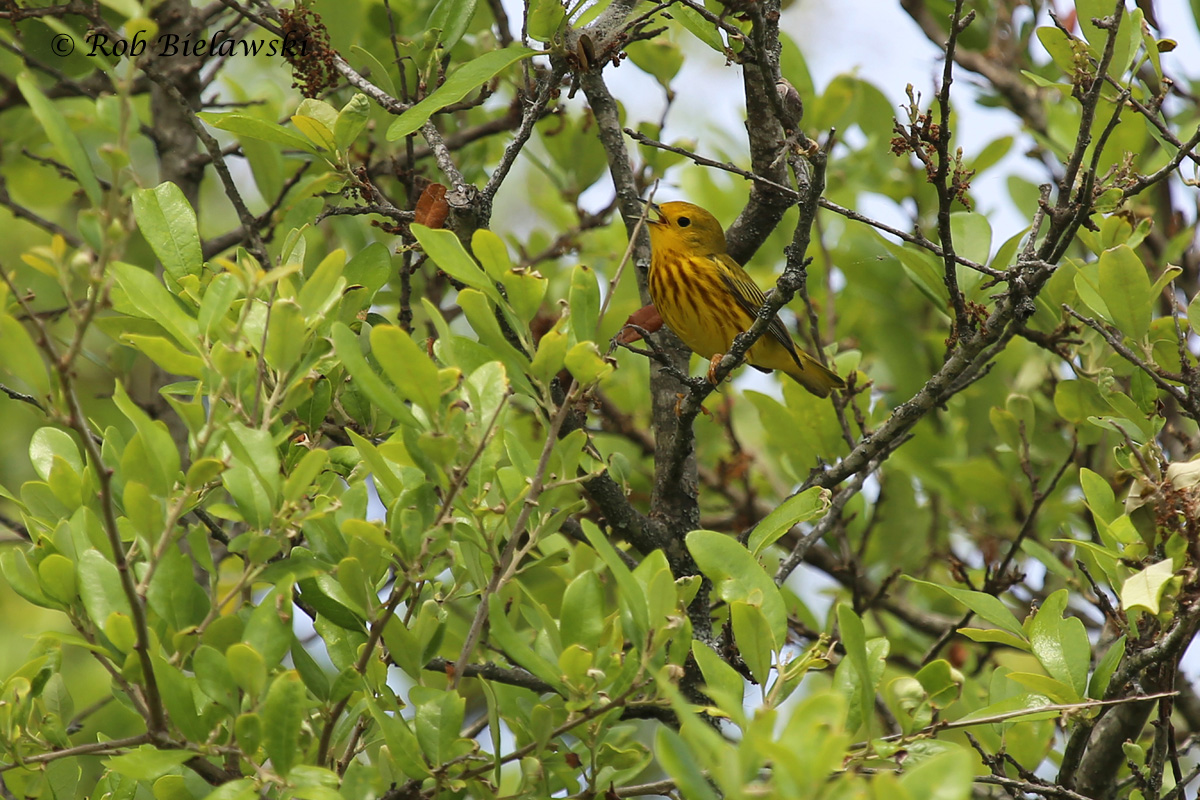
In addition to this fantastic rarity and continuing observations of Least Bitterns & Northern Bobwhites, there was also two LATE OCCURRENCES of individual American Coots at Back Bay NWR (13 Jun / David Gibson and 16 Jun / Rebecca Walawender) reported, though this was the only species that lingered into this week unexpectedly (though perhaps slightly expected since Coots can summer, but it is still worth noting when they do). Some other species that appear to summer more regularly now are Black Scoters, and Common Loons; the former having been seen again during this week in Virginia Beach waters. With less observers likely out in the field during June, the number of WEEKLY RELEVANT SPECIES DOCUMENTED BY MEDIA submitted for Virginia Beach this week wasn’t expected to be high, but with the Black-bellied Whistling-Duck present, it helped out the situation considerably! This week’s Virginia Beach eBird media postings included: MONDAY (13 JUN) – Barn Swallow (Back Bay Landing Rd. / Karen & Tom Beatty); Great Crested Flycatcher & Northern Rough-winged Swallow (Munden Rd. / Karen & Tom Beatty). TUESDAY (14 JUN) – Double-crested Cormorant, Brown Pelican, Green Heron, Osprey, White-eyed Vireo, Purple Martin, Carolina Wren, Cedar Waxwing, Yellow-breasted Chat, Northern Cardinal, Indigo Bunting & Red-winged Blackbird (Back Bay NWR / Karen & Tom Beatty); Clapper Rail (Breeding) (Pleasure House Point NA / Eric Alton); Wood Duck (Dam Neck Naval Annex / Karen & Tom Beatty). WEDNESDAY (15 JUN) – Black-bellied Whistling-Duck (Lake Joyce / Ron Furnish & Marie Mullins); Black-bellied Whistling-Duck (Lake Joyce / Robert Ake); Black-bellied Whistling-Duck (Lake Joyce / Timothy Barry); Black-bellied Whistling-Duck (Lake Joyce / Andrew Baldelli). THURSDAY (16 JUN) – Black-bellied Whistling-Duck (Lake Joyce / Jason Strickland); Black-bellied Whistling-Duck & Mallard (Lake Joyce / Karen & Tom Beatty); Black-bellied Whistling-Duck (Lake Joyce / Jessica Ausura & Ernie Miller); Black-bellied Whistling-Duck (Lake Joyce / Clark Olsen); Black-bellied Whistling-Duck (Lake Joyce / Tony Wood). FRIDAY (17 JUN) – Black-bellied Whistling-Duck (Lake Joyce / Adam Bollinger); Black-bellied Whistling-Duck (Lake Joyce / Jonathan Snyder); Black-bellied Whistling-Duck (Lake Joyce / Daniel Carlson); Eastern Bluebird (fledglings) (Davenport Ln. / Tommy Maloney). SUNDAY (19 JUN) – Orchard Oriole (Back Bay NWR / Daniel Carlson). LOOKAHEAD: Next week, we reach the longest day of the year, so get out and enjoy all that daylight! If you haven’t done so yet, head up to Lake Joyce and see the Black-bellied Whistling-Duck while you have a chance!
Next Entry | Entry Index | Previous Entry
For more information on the Weekly Birding Blog, please check out the Journal Overview Page on the website. It provides background information as to what sightings are considered for the blog, the format of the blog, and will likely answer other questions any readers might be wondering about as well.
